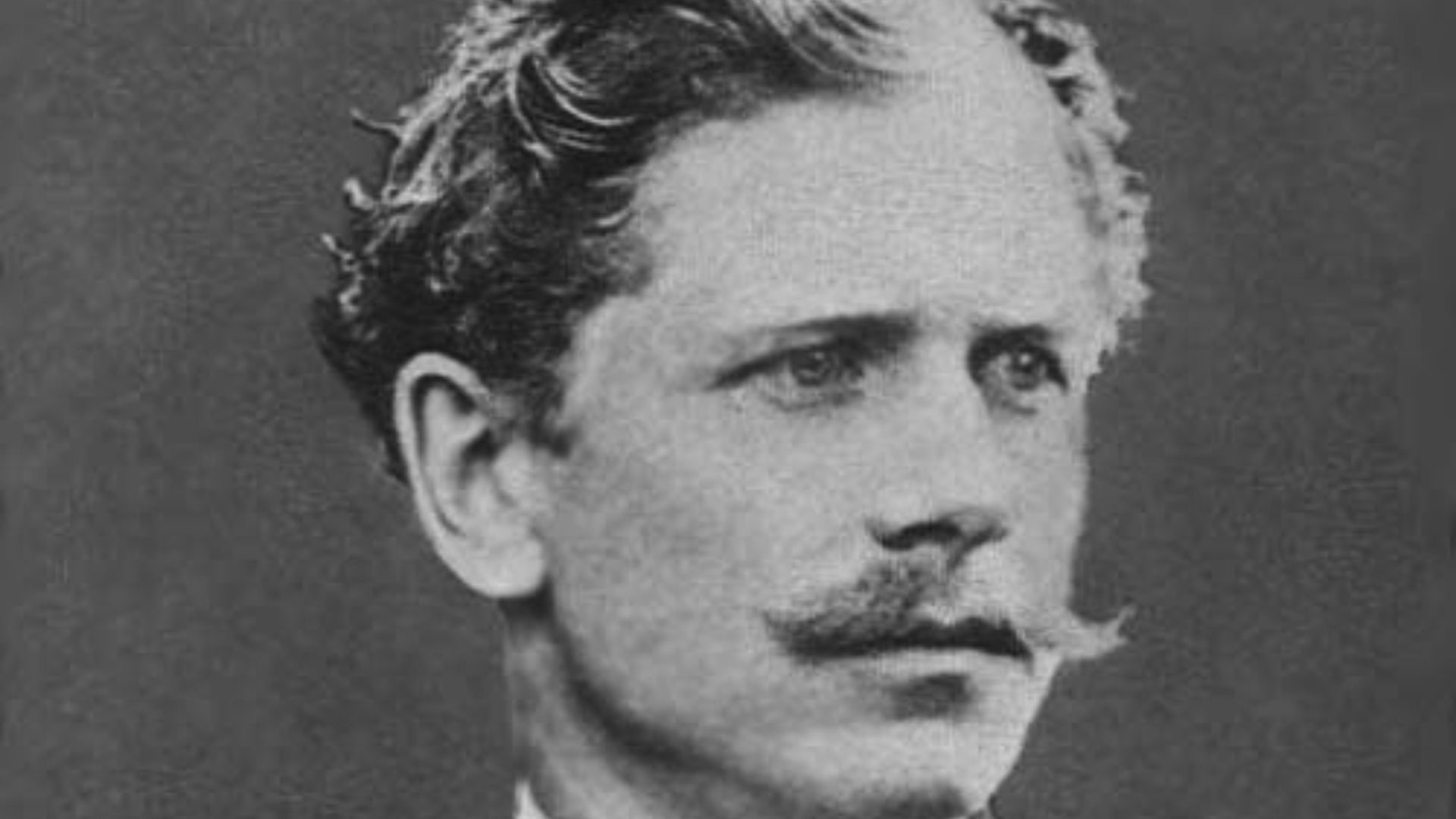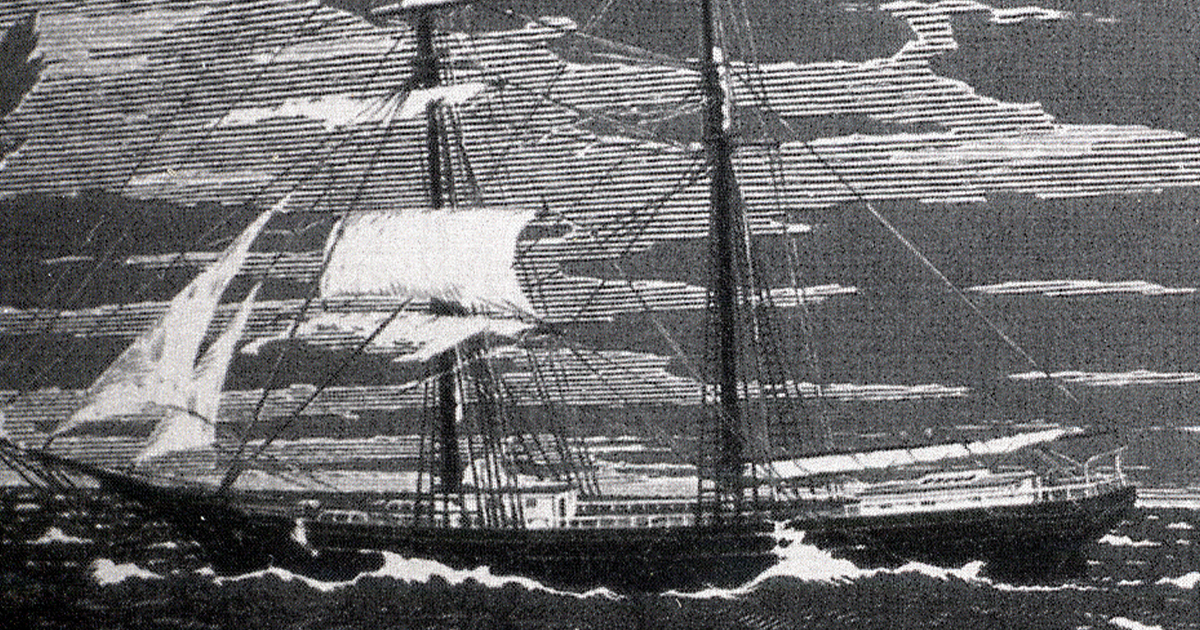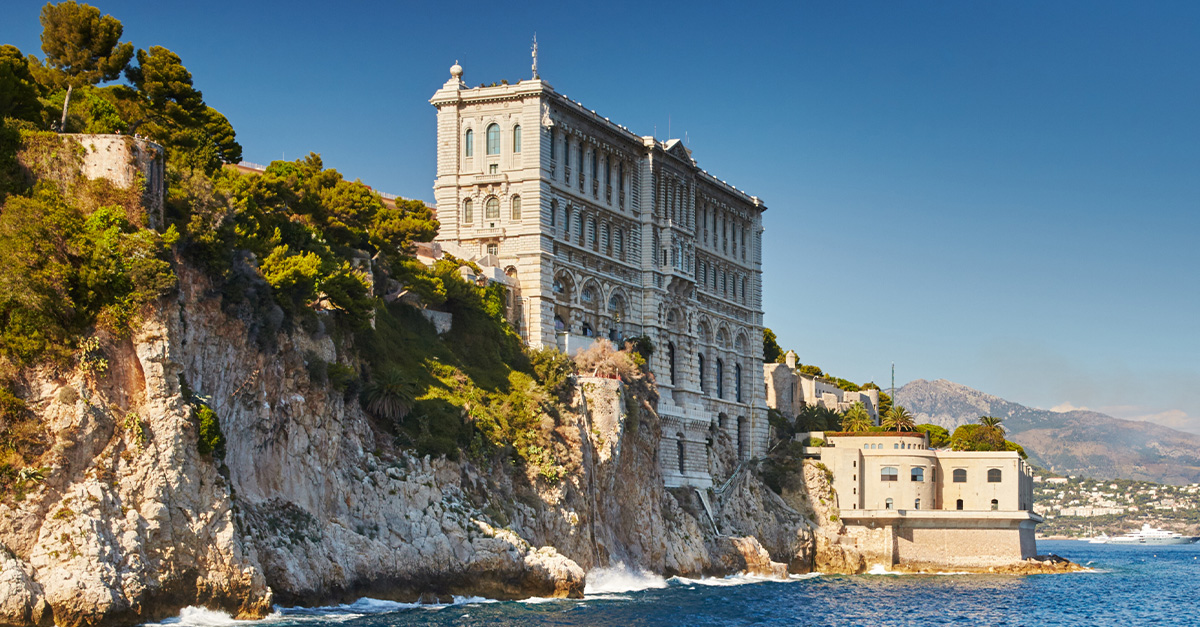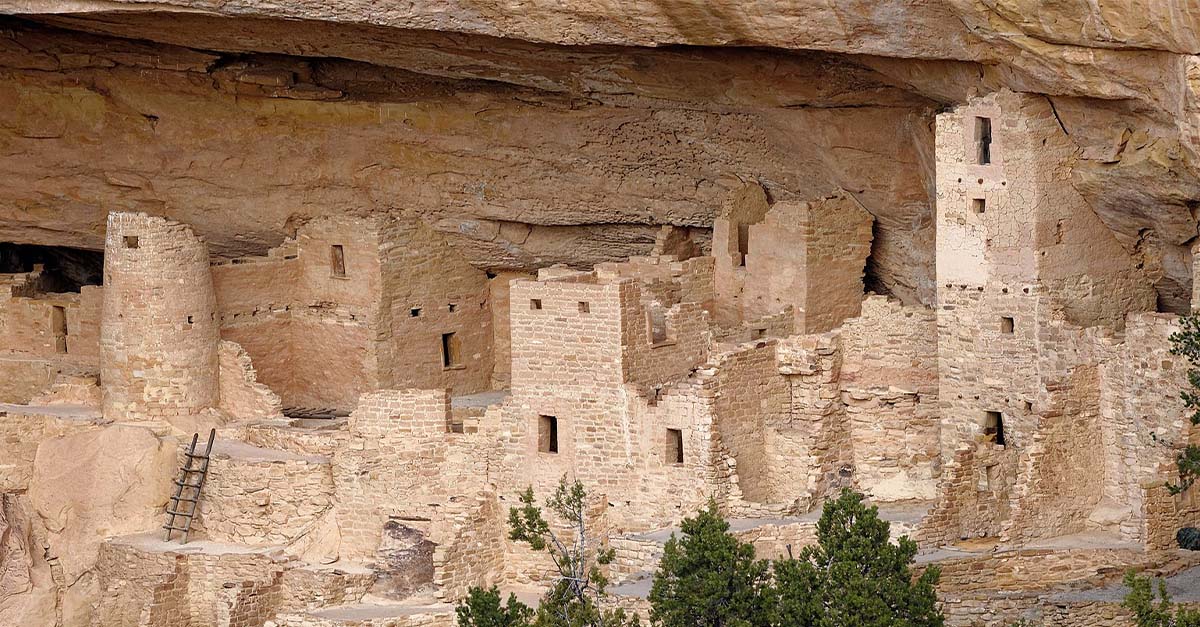Disappearance Post-Conflict
Generals, spies, soldiers, and guerrilla fighters—many of these Civil War figures were once household names, yet history forgot them. Did they vanish into quiet retirement or meet mysterious fates?
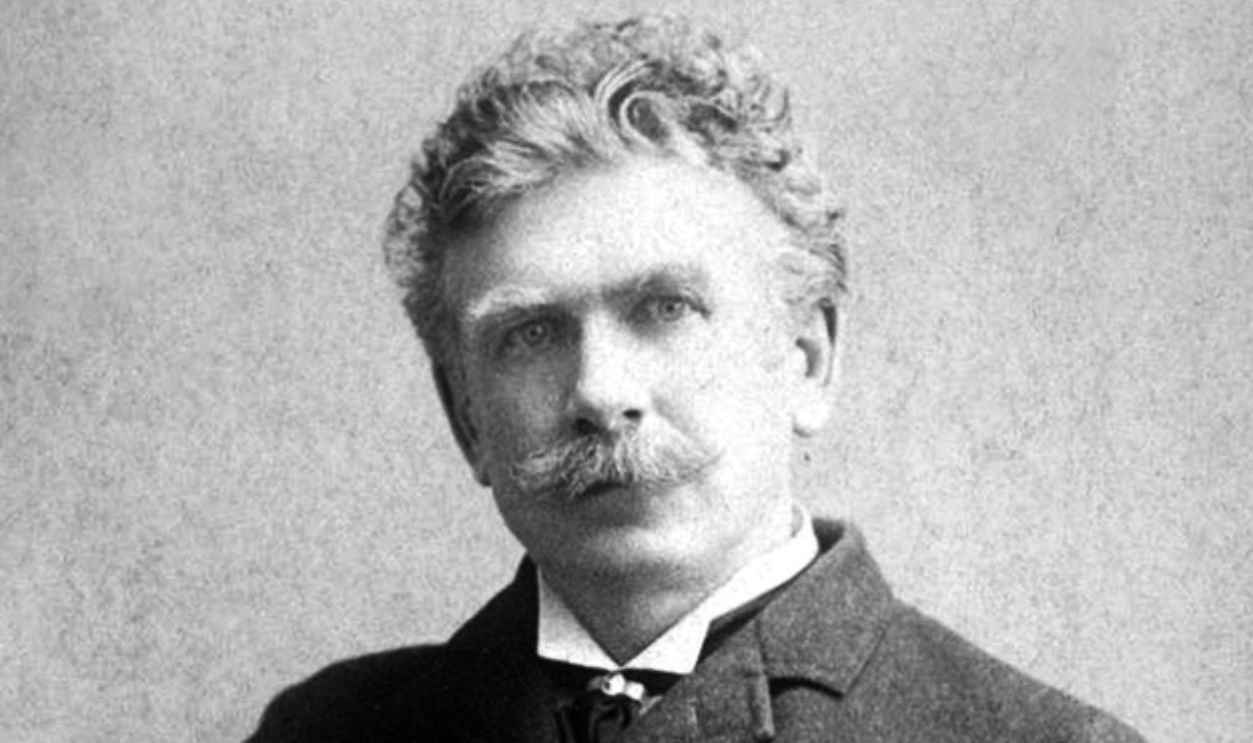
Richard S Ewell
A daring general, Richard Stoddert Ewell played a major role in many battles, including Gettysburg. He was known for his eccentric personality and sharp tactical mind. Losing a leg did not stop him from leading troops with determination. After the Confederacy fell, Ewell retreated from public life.
 Civil War Glass Negatives, Wikimedia Commons
Civil War Glass Negatives, Wikimedia Commons
Daniel Ruggles
Brigadier General Daniel Ruggles made his mark early, notably at the Battle of Shiloh, where his artillery barrage helped check Union forces. But he never chased the limelight. After the surrender, Ruggles simply disappeared from the military and political foreground.
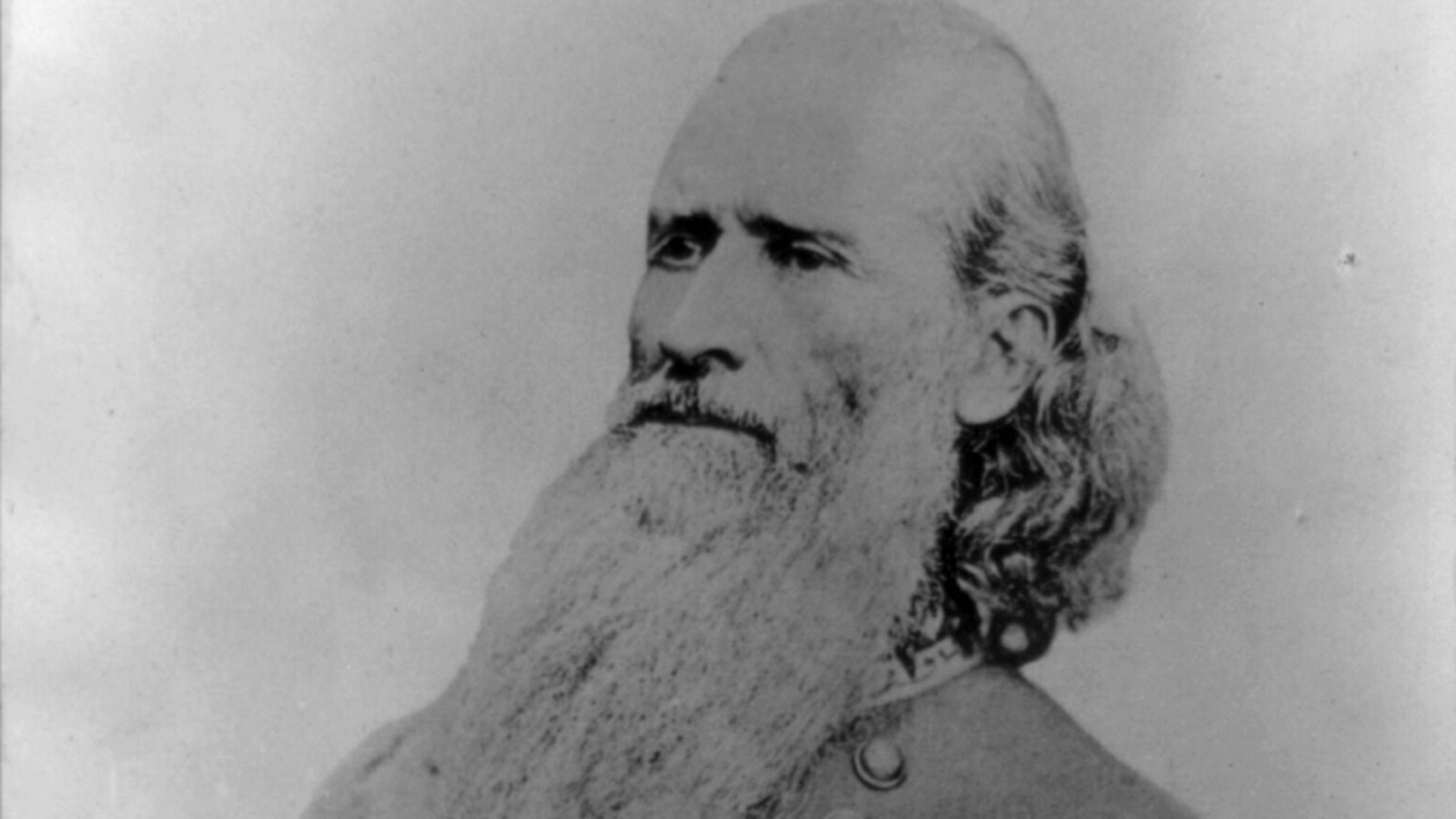 Mathew Benjamin Brady, Wikimedia Commons
Mathew Benjamin Brady, Wikimedia Commons
Daniel Ruggles (Cont.)
Although he commanded troops in Tennessee and Mississippi, Daniel Ruggles' name isn't as well known as other generals. He retired to a quiet Virginia life to indulge in invention and local affairs, avoiding memoirs and political feuds.
 Pi.1415926535, Wikimedia Commons
Pi.1415926535, Wikimedia Commons
William Quantrill
Few names inspired as much fear during the Civil War as William Quantrill. Leading a ruthless band of guerrilla fighters known as Quantrill's Raiders, he waged a brutal campaign against Union forces and civilians, most infamously in the Lawrence Massacre of 1863.
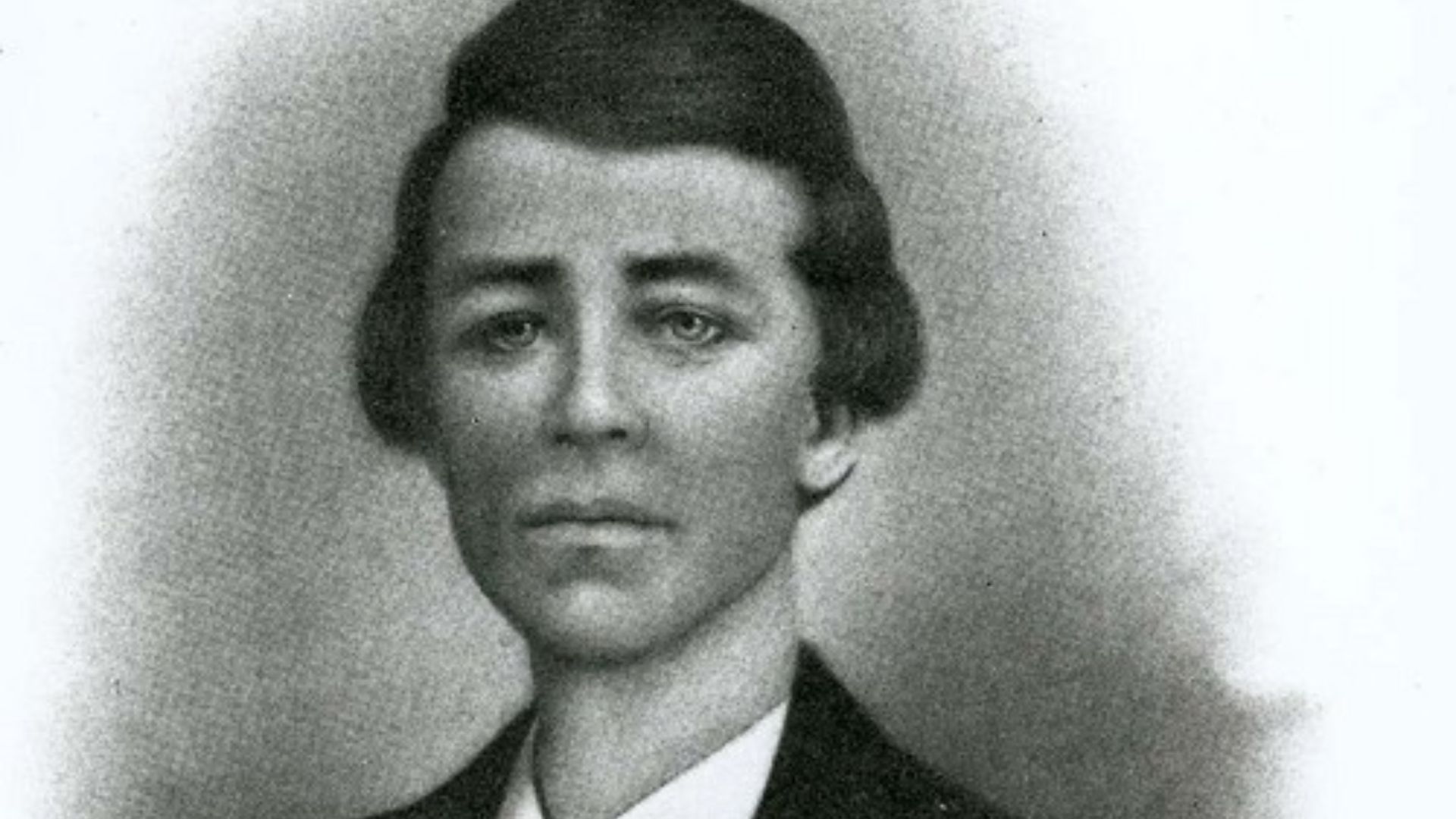 The Torch Press Publishers, Wikimedia Commons
The Torch Press Publishers, Wikimedia Commons
William Quantrill (Cont.)
His men included future outlaws like Jesse James. In 1865, Quantrill was mortally wounded in Kentucky and reportedly died soon after. But some accounts suggest he faked his death and lived under an alias. Stories surfaced of a man claiming to be Quantrill decades later, adding to his legend.
 Unknown author, Wikimedia Commons
Unknown author, Wikimedia Commons
Martin E Green
Despite rising through local militias, Brigadier General Martin E Green of Missouri was a staunch Confederate with a reputation for boldness and regional loyalty. He fought fiercely at battles like Corinth and Vicksburg. But Green's legacy ended abruptly. He was killed during the Siege of Vicksburg in 1863.
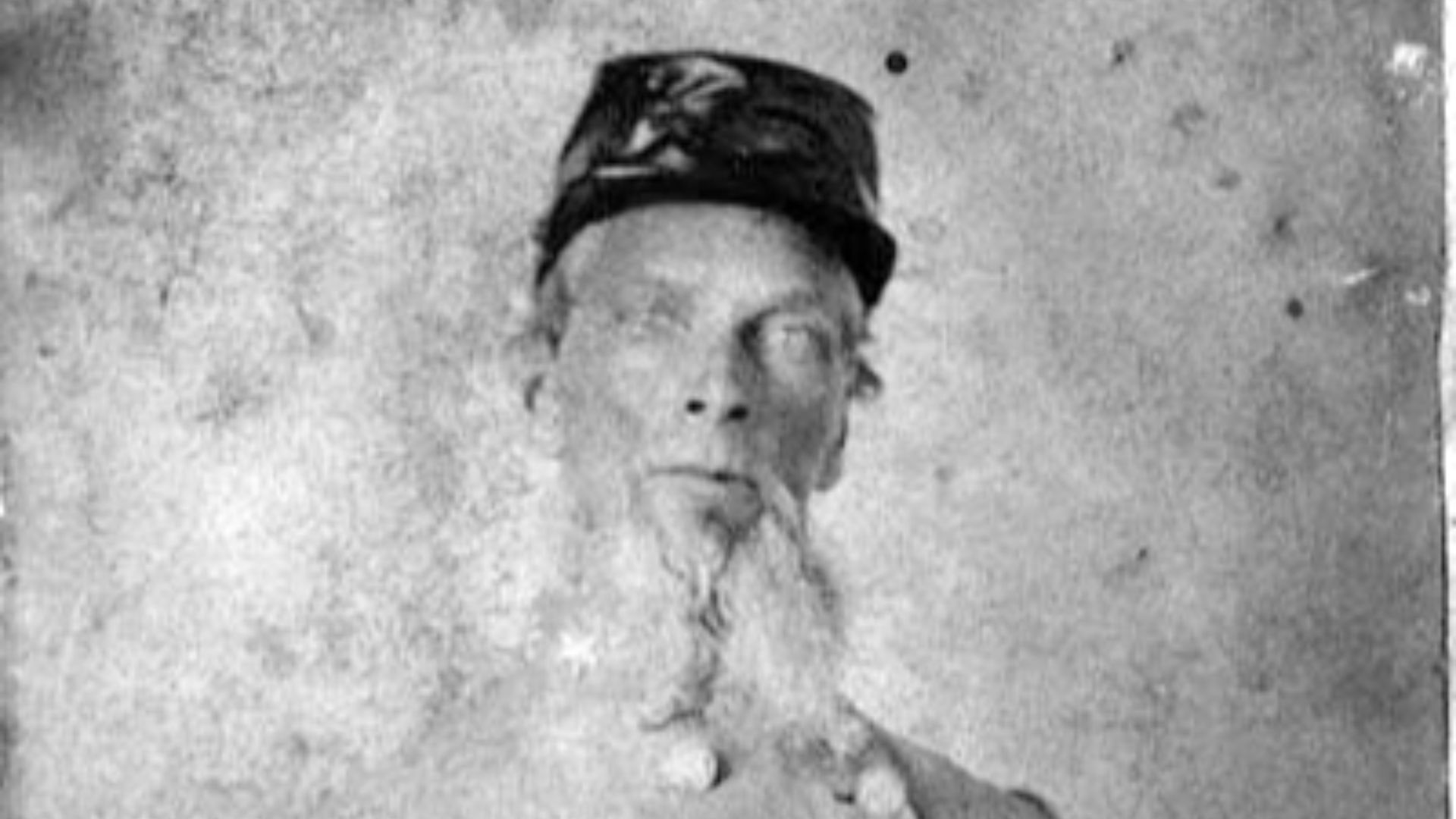 Unknown author, Wikimedia Commons
Unknown author, Wikimedia Commons
William T Anderson
One of the most feared guerrilla leaders, William T Anderson, was known for his savage tactics and association with William Quantrill. He led raids in Missouri and Kansas and left a trail of destruction in his wake.
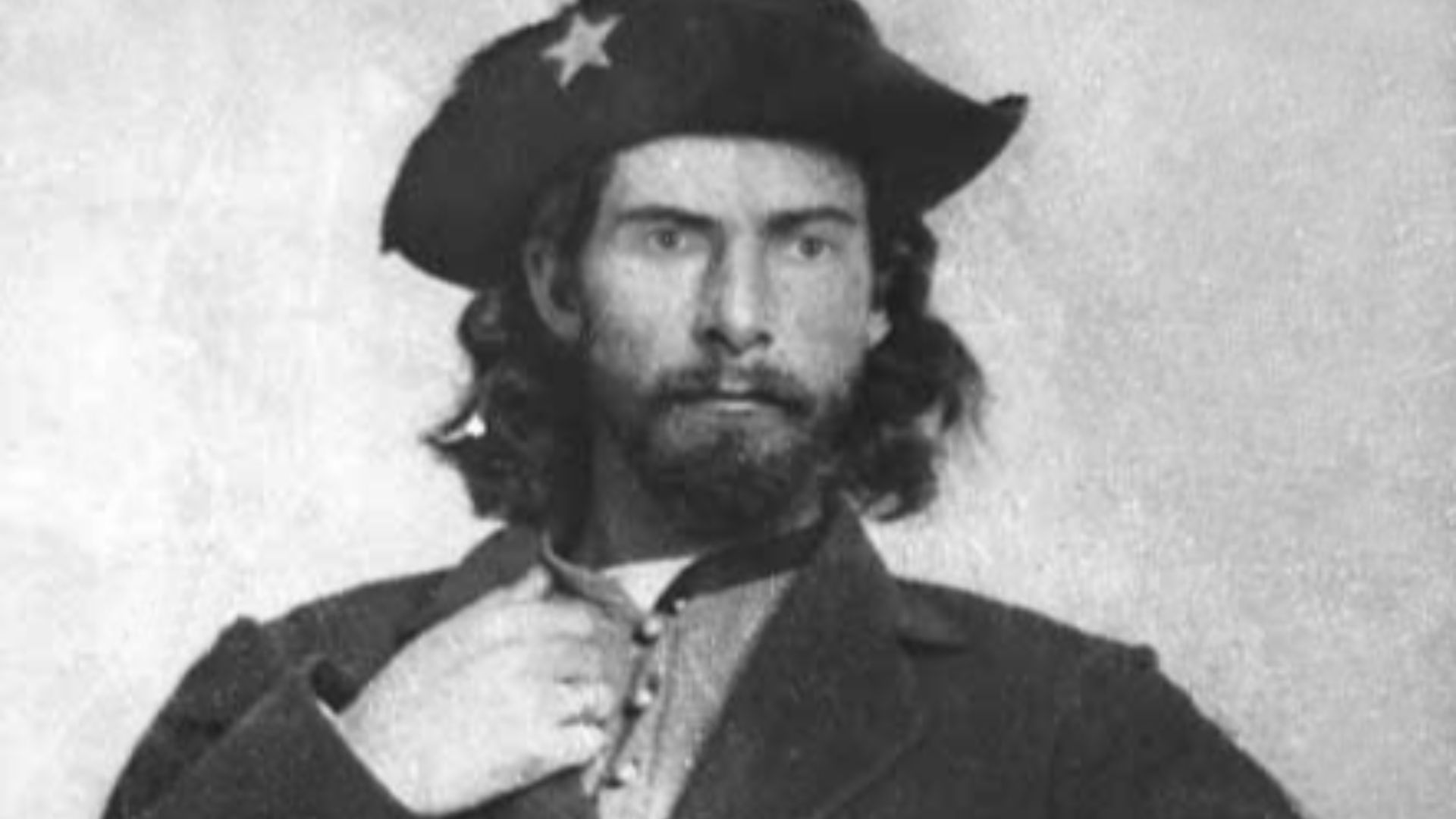 Unknown author, Wikimedia Commons
Unknown author, Wikimedia Commons
William T Anderson (Cont.)
In 1864, he was ambushed and killed by Union forces in Missouri. Or was he? Rumors persisted that he survived under a false identity, much like Jesse James. Some claimed he lived under an alias in Texas or even South America. No solid evidence ever emerged.
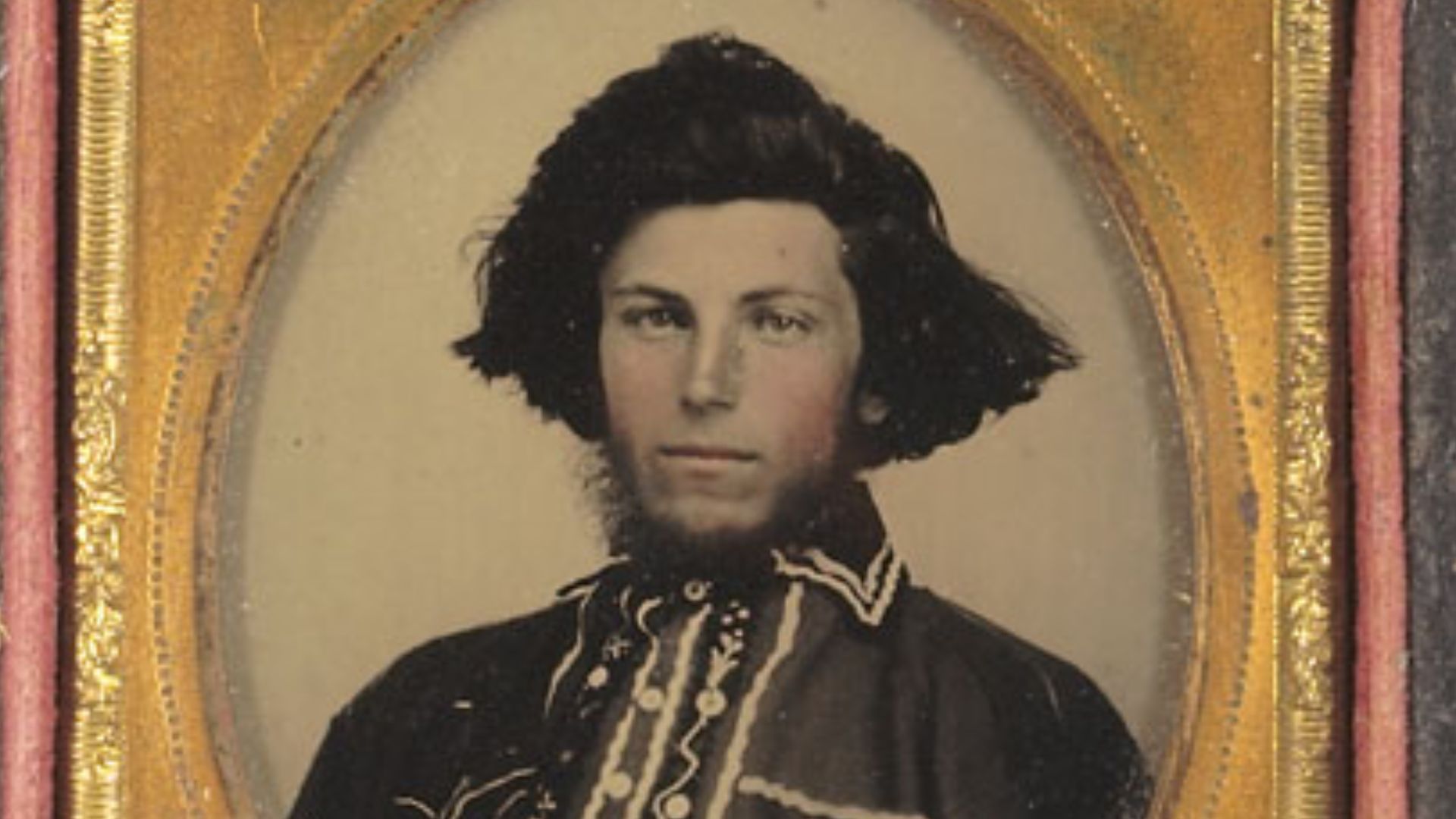 Unknown (18??-18??), Wikimedia Commons
Unknown (18??-18??), Wikimedia Commons
Thomas L Rosser
A West Point classmate of Custer, Thomas Rosser, was fiercely loyal to the South. He fought in key battles and clashed with Custer on multiple occasions. After the war, Rosser worked in railroad engineering and briefly served in the Spanish-American War, but he rarely spoke of his Civil War experiences.
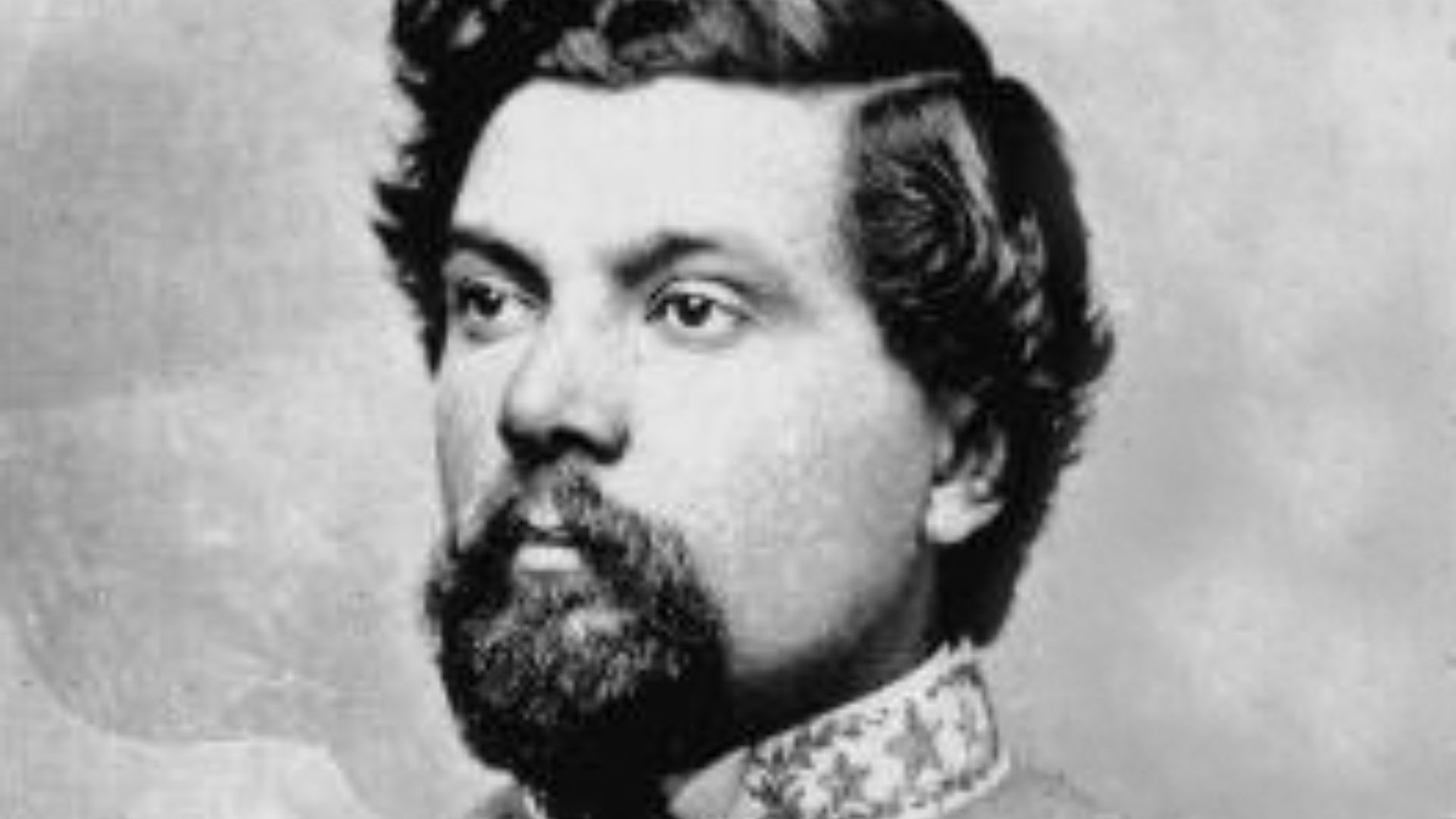 Unknown author, Wikimedia Commons
Unknown author, Wikimedia Commons
John C Pemberton
The Pennsylvania-born Confederate general, John C Pemberton is best remembered for his surrender at Vicksburg in 1863. This was a major turning point in the war, and his decision to capitulate made him unpopular in the South.
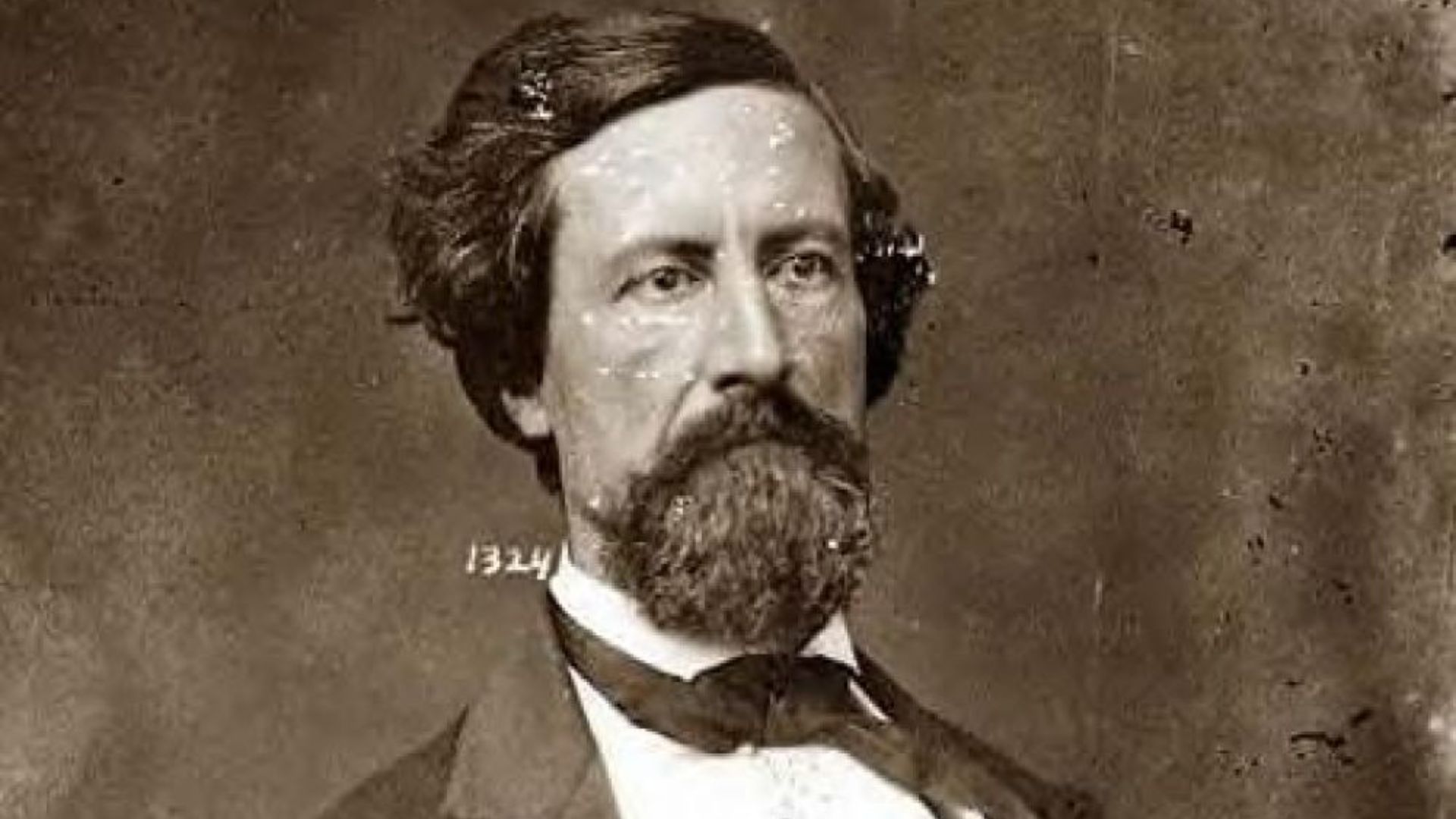 Unknown author, Wikimedia Commons
Unknown author, Wikimedia Commons
John C Pemberton (Cont.)
He resigned from command soon after. Rather than seeking redemption in a new role, Pemberton faded into the background. He lived out his remaining years in Virginia and then moved to Pennsylvania, avoiding the political and social battles that consumed many of his peers.
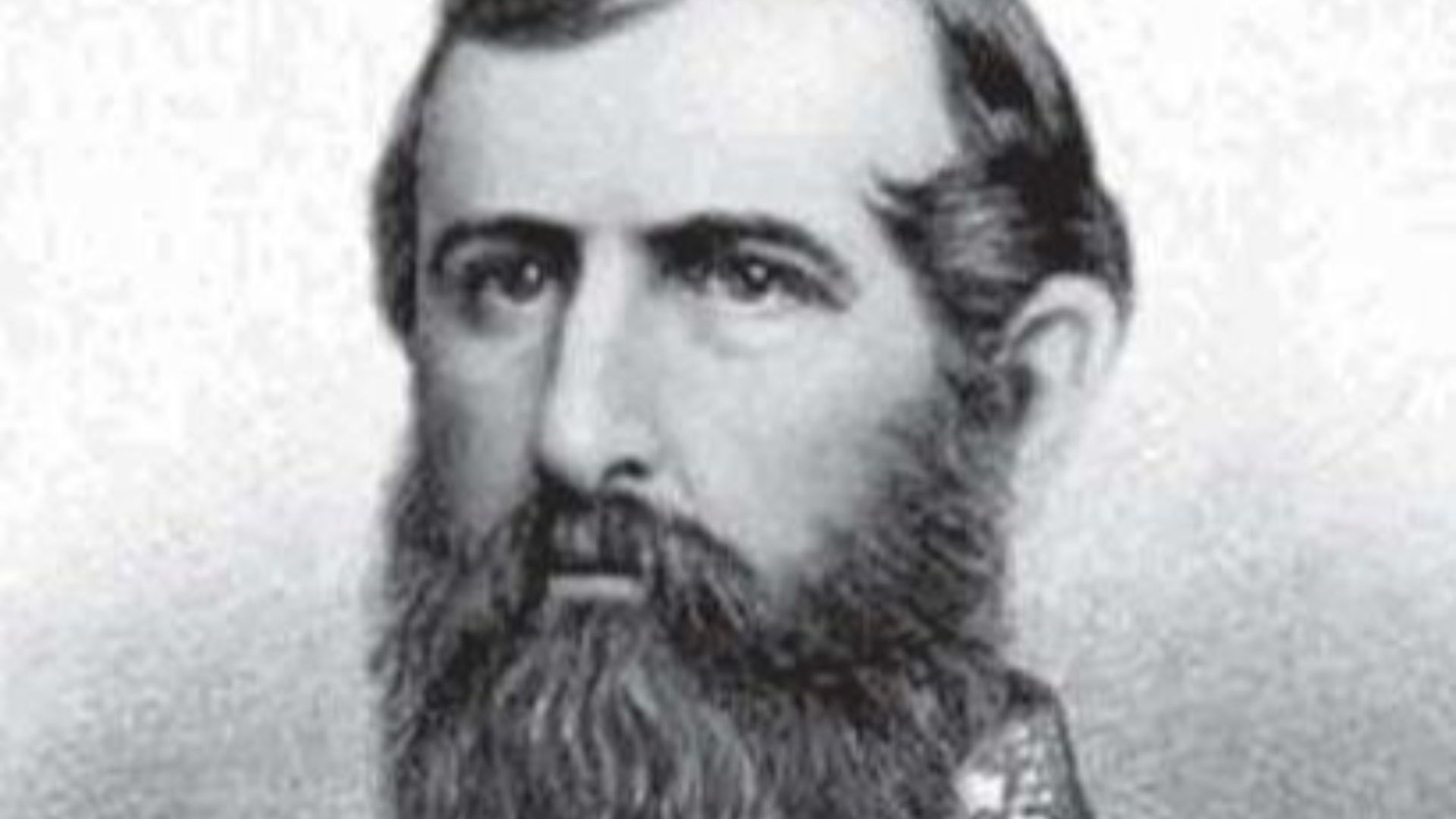 TradingCardsNPS, Wikimedia Commons
TradingCardsNPS, Wikimedia Commons
Albert Pike
A man of many talents, Albert Pike was a lawyer, poet, Freemason, and Confederate general. Though he played a minor role in the Civil War, his influence on Freemasonry and Southern culture was significant. He led Native American troops for the Confederacy but resigned after disputes over his leadership.
 Mathew Benjamin Brady / Levin Corbin Handy, Wikimedia Commons
Mathew Benjamin Brady / Levin Corbin Handy, Wikimedia Commons
Albert Pike (Cont.)
Post-war, Pike withdrew from military and political affairs to focus on Masonic philosophy. He became a towering figure in the Freemason world by writing influential works on the organization's beliefs. Despite his importance in that sphere, he retreated from public life and spent his final years in intellectual solitude.
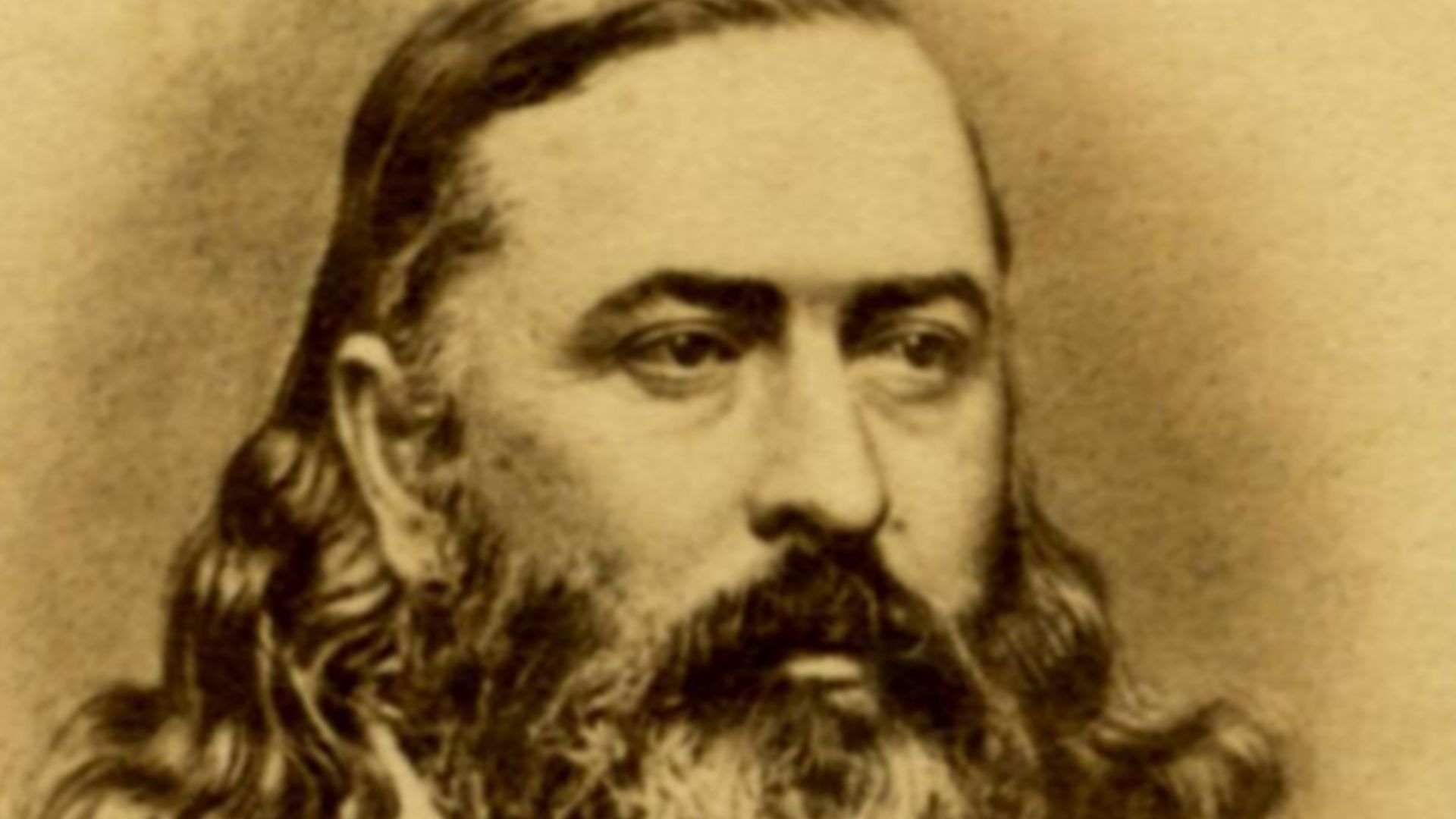 Mississippi Department of Archives and History, Wikimedia Commons
Mississippi Department of Archives and History, Wikimedia Commons
John Bell Hood
Known for his fearless (some might say reckless) style of leadership, John Bell Hood led the Texas Brigade with distinction. He fought in battles like Antietam and Chickamauga, where he suffered severe injuries. Later, as commander of the Army of Tennessee, his decisions led to disastrous defeats in Franklin and Nashville.
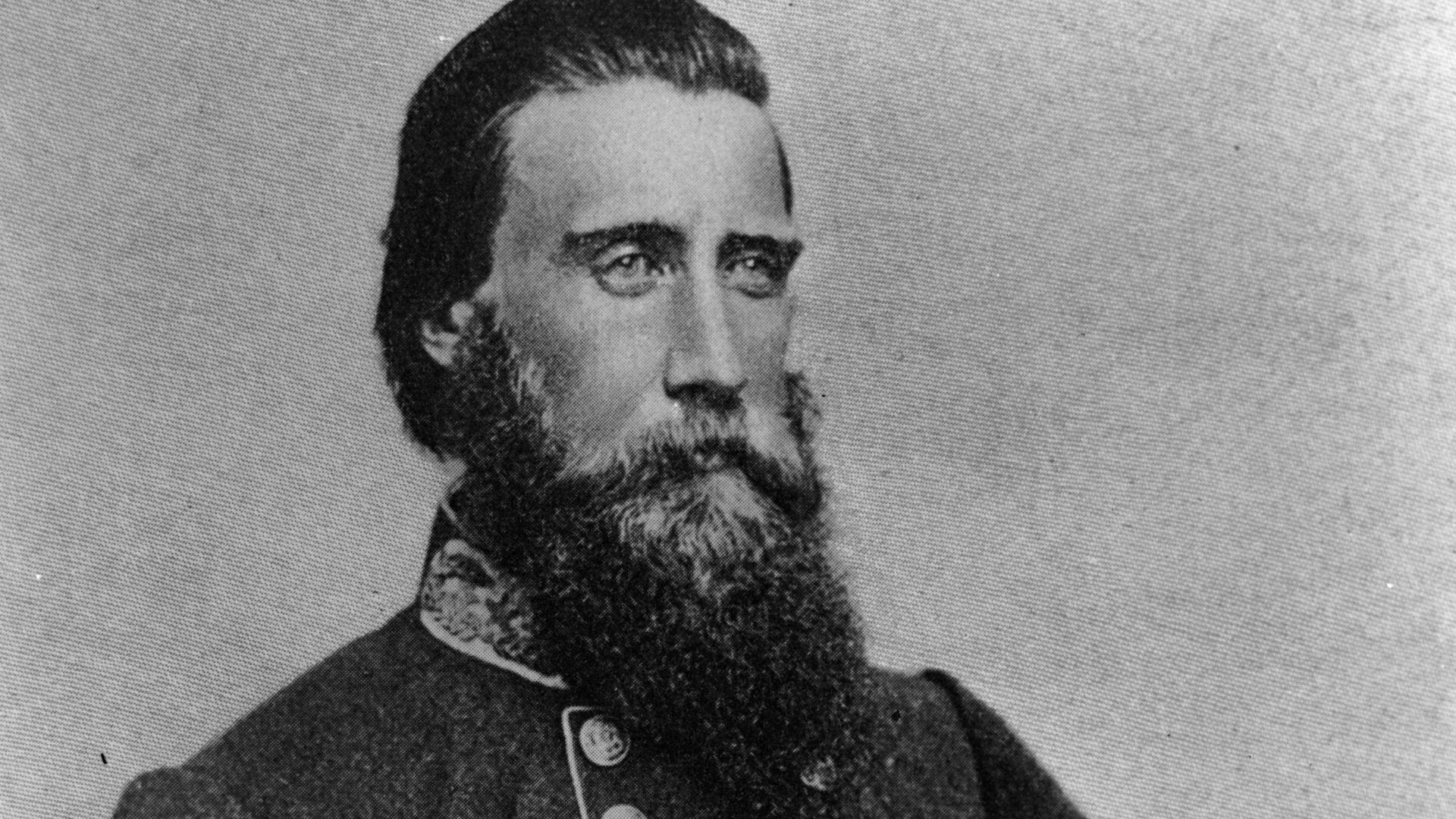 Hal Jespersen at en.wikipedia, Wikimedia Commons
Hal Jespersen at en.wikipedia, Wikimedia Commons
John Bell Hood (Cont.)
After the war, Hood tried to rebuild his life in New Orleans, working in insurance and struggling with financial hardship. In 1879, he and his wife died from yellow fever, leaving behind ten orphaned children. Hood's story ended suddenly, and his name eventually faded from the national memory.
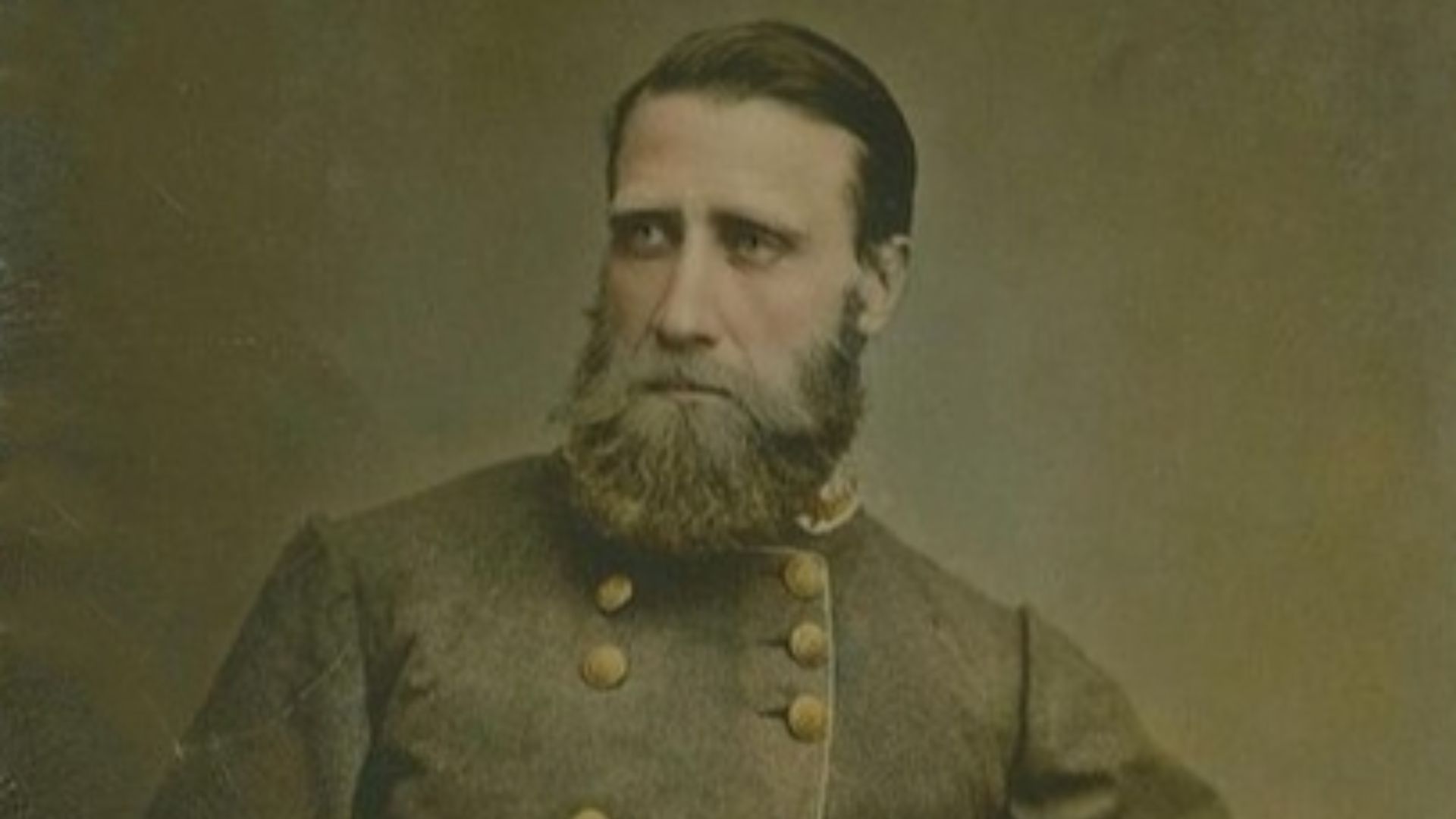 Confederate Memorial Literary Society, Wikimedia Commons
Confederate Memorial Literary Society, Wikimedia Commons
Richard H Anderson
Fighting in major battles like Spotsylvania and Cold Harbor, Richard H Anderson was a steady, competent Confederate general. Though respected, he never gained the same fame as some of his contemporaries. When the war ended, he lived in South Carolina, struggling financially and working in minor government roles.
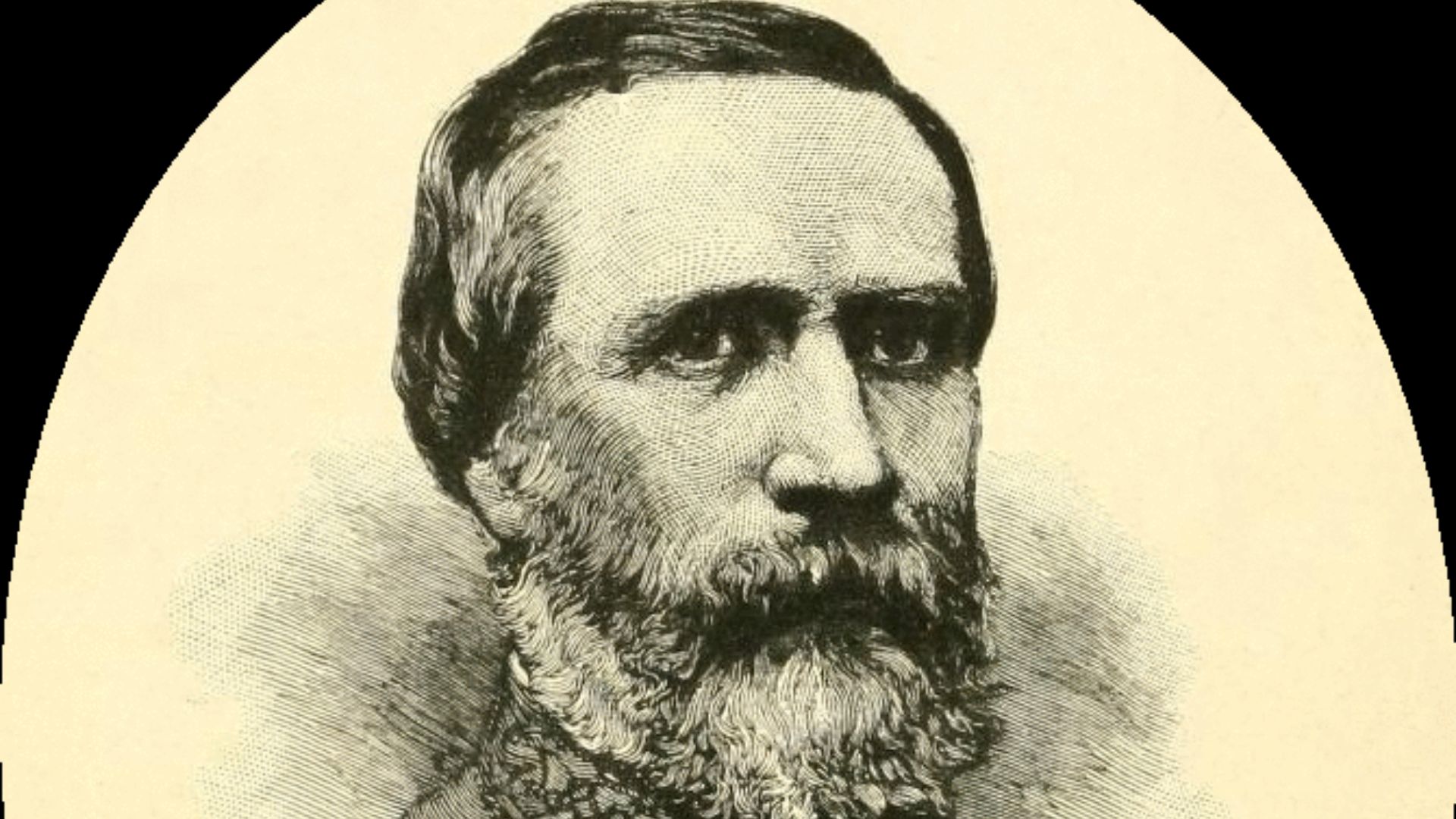 Courtesy Century Co., Wikimedia Commons
Courtesy Century Co., Wikimedia Commons
Gideon J Pillow
A controversial figure in both the Mexican-American War and the Civil War, Gideon J Pillow was known for his political maneuvering and occasional battlefield blunders. As a Confederate general, he played a key role in the disastrous surrender of Fort Donelson, which led to his removal from command.
 Unidentified photographer, Wikimedia Commons
Unidentified photographer, Wikimedia Commons
Gideon J Pillow (Cont.)
He later oversaw conscription efforts but never regained influence. After the war, Pillow withdrew from political life, returning to his Tennessee plantation. Unlike some Confederate leaders who wrote memoirs or sought political office, he made no effort to defend his wartime reputation and lived quietly until he passed away.
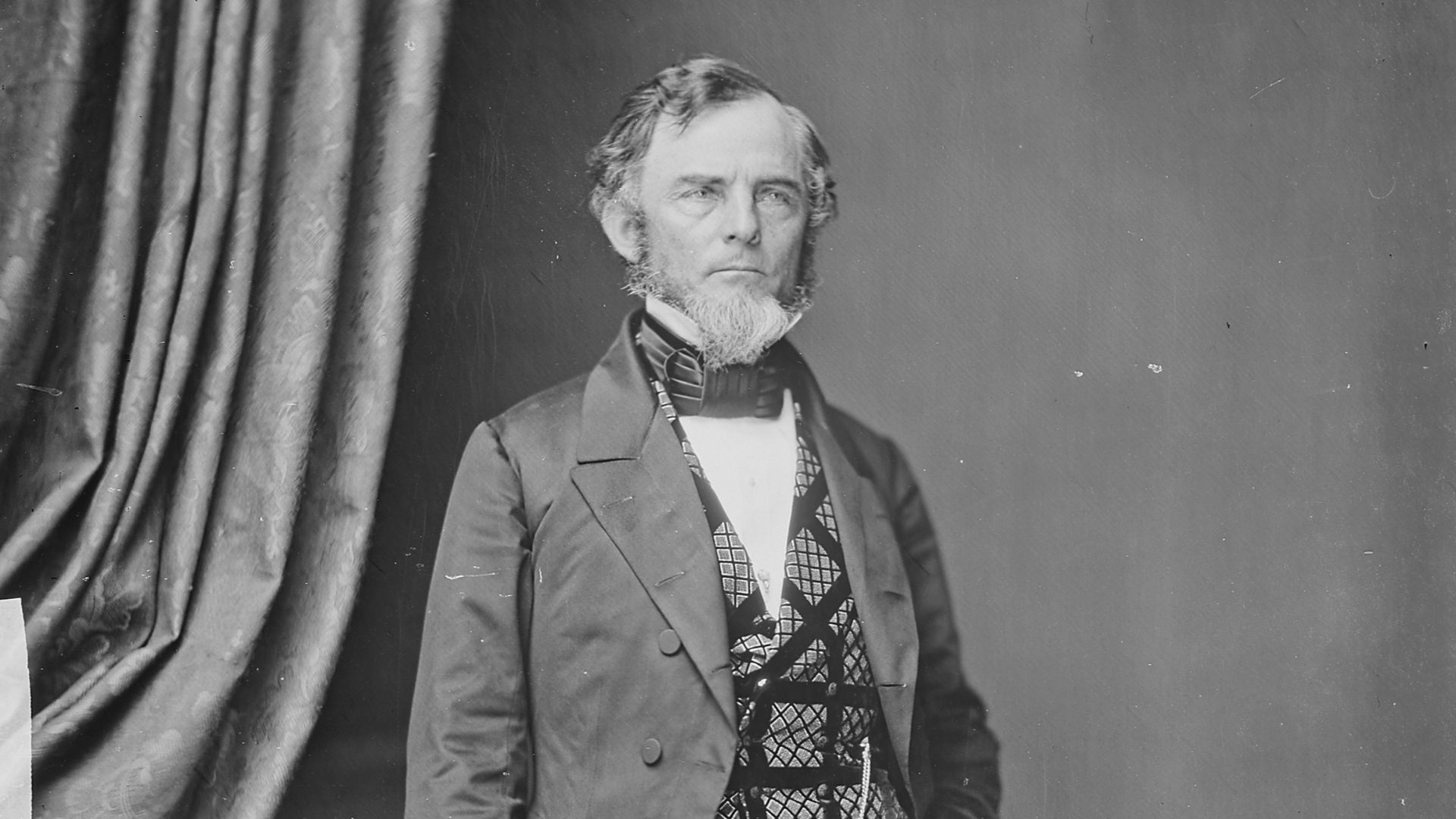 Mathew Benjamin Brady, Wikimedia Commons
Mathew Benjamin Brady, Wikimedia Commons
Sterling Price
In 1865, Sterling Price led a group of Confederate exiles to Mexico, hoping to start a new colony under Emperor Maximilian. The plan failed, and Price eventually returned to Missouri. There are a few accounts of his final years, though he struggled with financial problems and declining health.
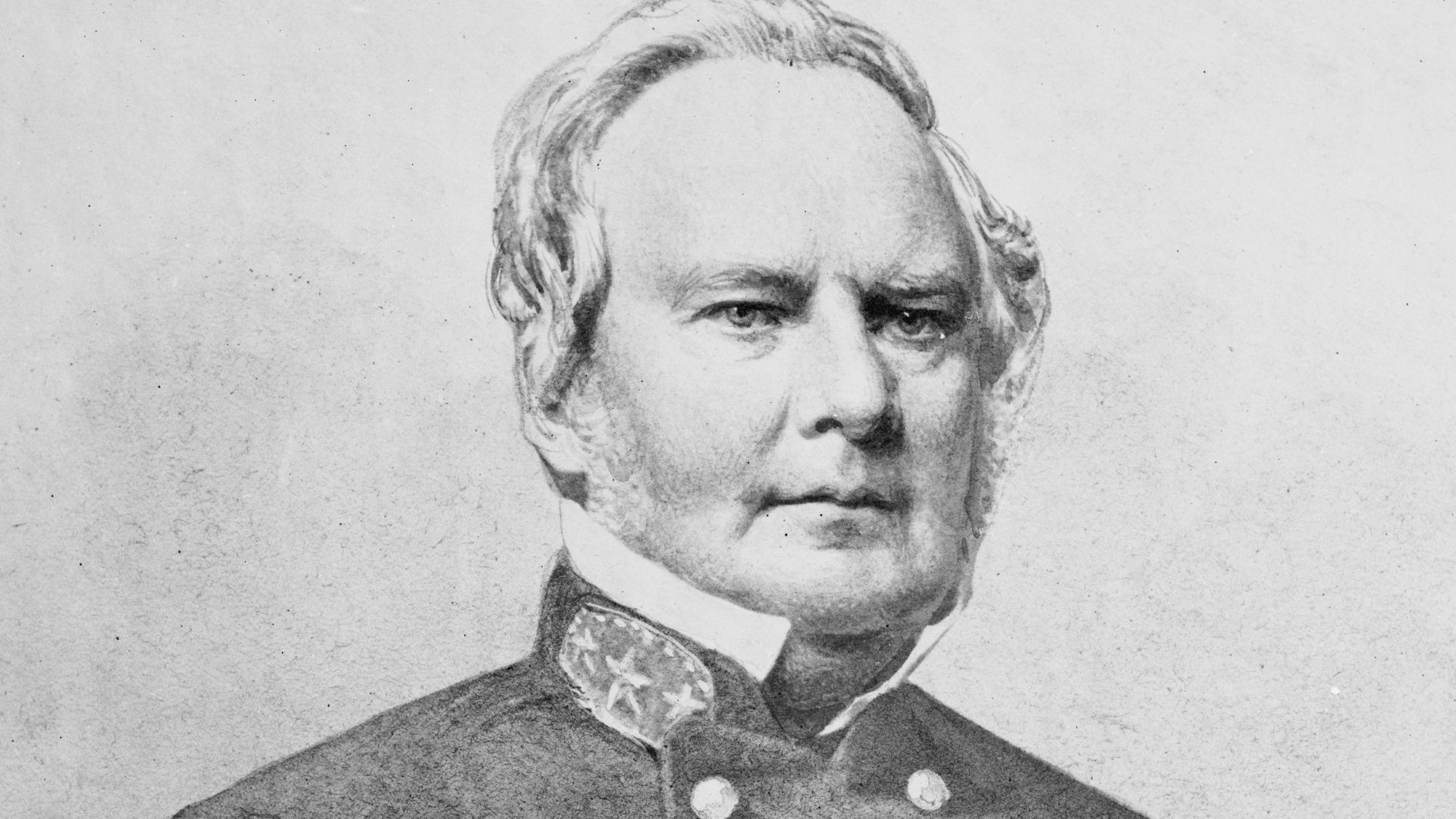 Unknown author, Wikimedia Commons
Unknown author, Wikimedia Commons
Benjamin Grierson
A Union cavalry officer best known for his daring raid through Mississippi in 1863, Benjamin Grierson played a key role in disrupting Confederate supply lines. His ability to move quickly and confuse the enemy made him one of the North's most effective cavalry leaders.
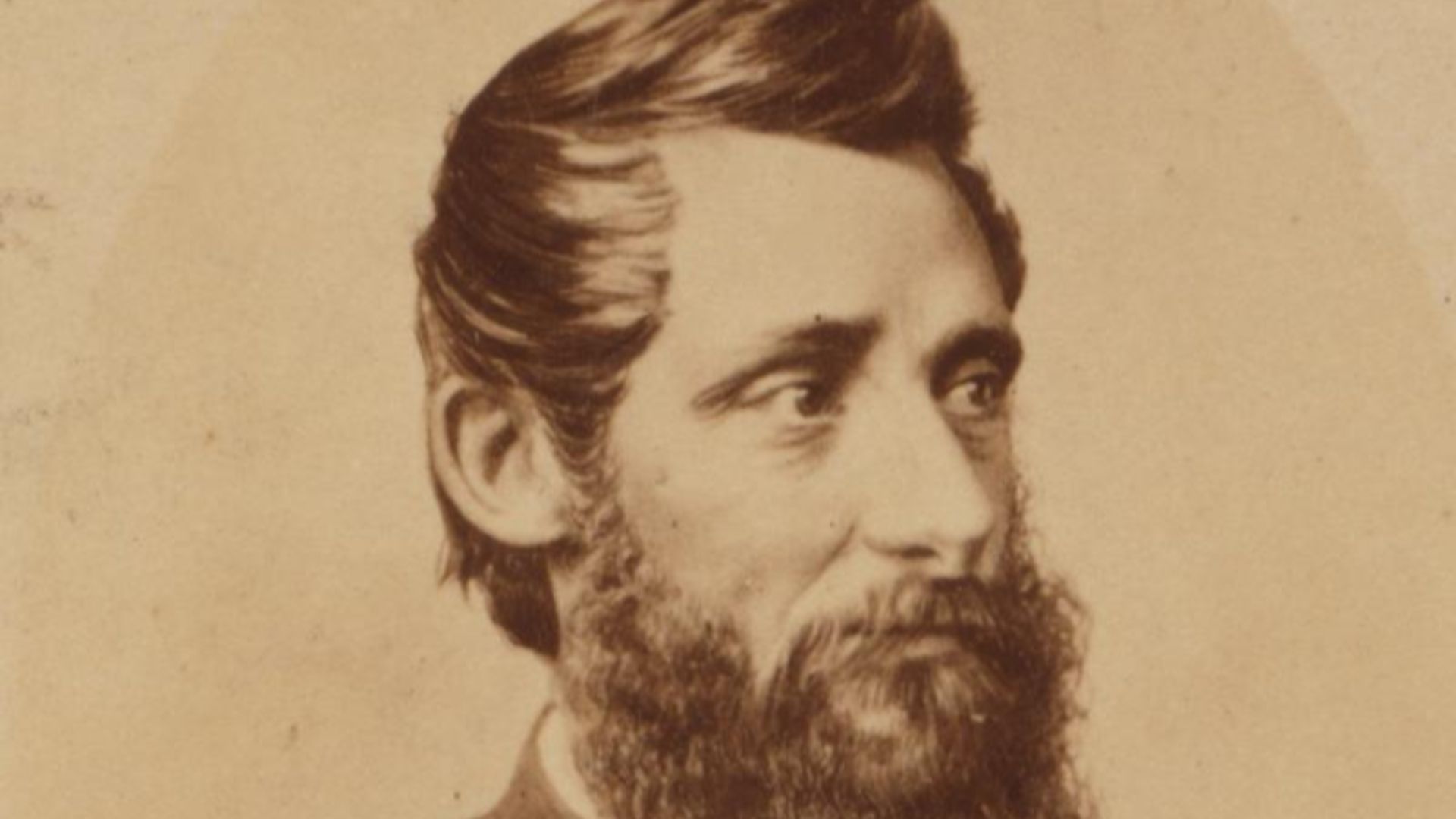 Civil War Photograph Collection (Library of Congress), Wikimedia Commons
Civil War Photograph Collection (Library of Congress), Wikimedia Commons
Benjamin Grierson (Cont.)
Despite his significant contributions, Grierson never became a household name like some of his contemporaries. He spent his later years in quiet military service, never chasing the spotlights. Today, his name is mostly remembered by historians and military enthusiasts.
 Unknown Author, Wikimedia Commons
Unknown Author, Wikimedia Commons
Franz Sigel
Once a hero to German-American immigrants, Franz Sigel rose to prominence as a Union general and political symbol. With a background in revolutionary Europe, he brought experience and charisma—but on the battlefield, his results were mixed, especially after the defeat at New Market.
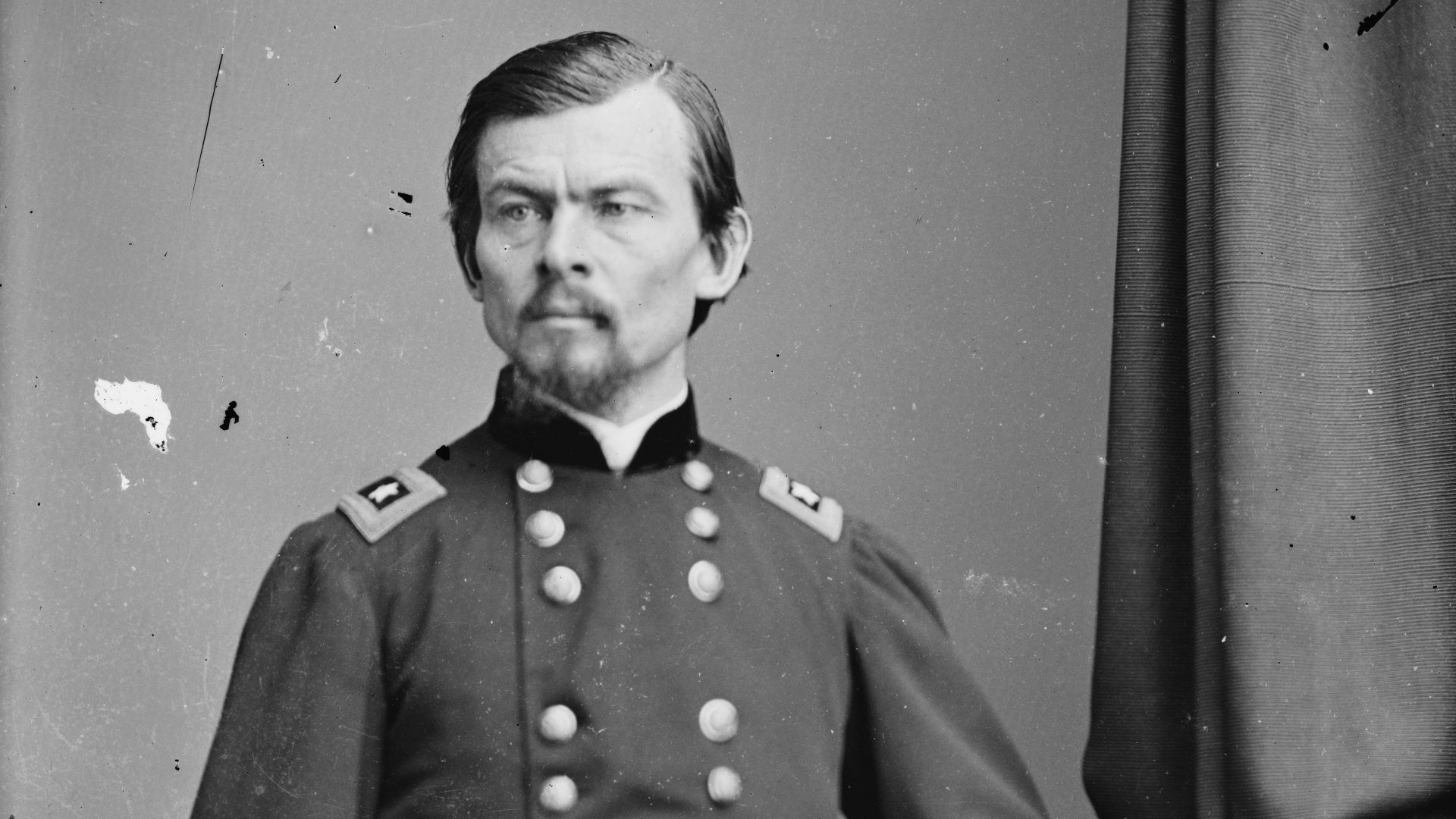 Civil War Glass Negatives, Wikimedia Commons
Civil War Glass Negatives, Wikimedia Commons
Franz Sigel (Cont.)
Following his resignation in 1865, Sigel held minor government posts but never regained national prominence. Despite his once-lofty status among Union loyalists, his name vanished from the headlines. Today, he's largely remembered only in footnotes and by niche historians of immigrant involvement in the war.
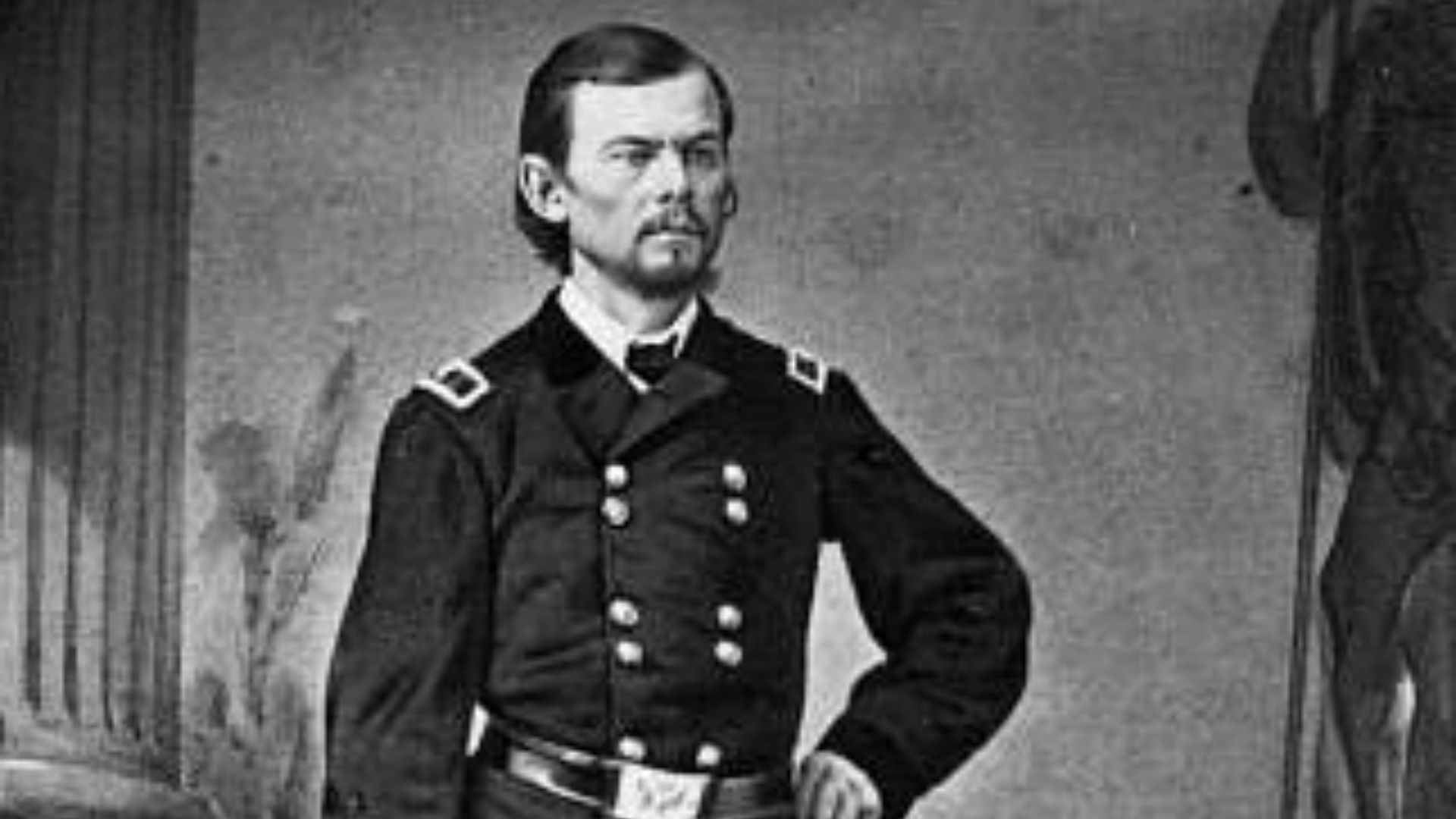 Unidentified photographer
, Wikimedia Commons
Unidentified photographer
, Wikimedia Commons
Edward A Perry
Fighting fiercely for the Confederacy, Edward A Perry rose to the rank of brigadier general. Though wounded in battle, he continued to serve, showing the kind of resilience that defined many Southern leaders. After the war, he turned to politics and became the governor of Florida.
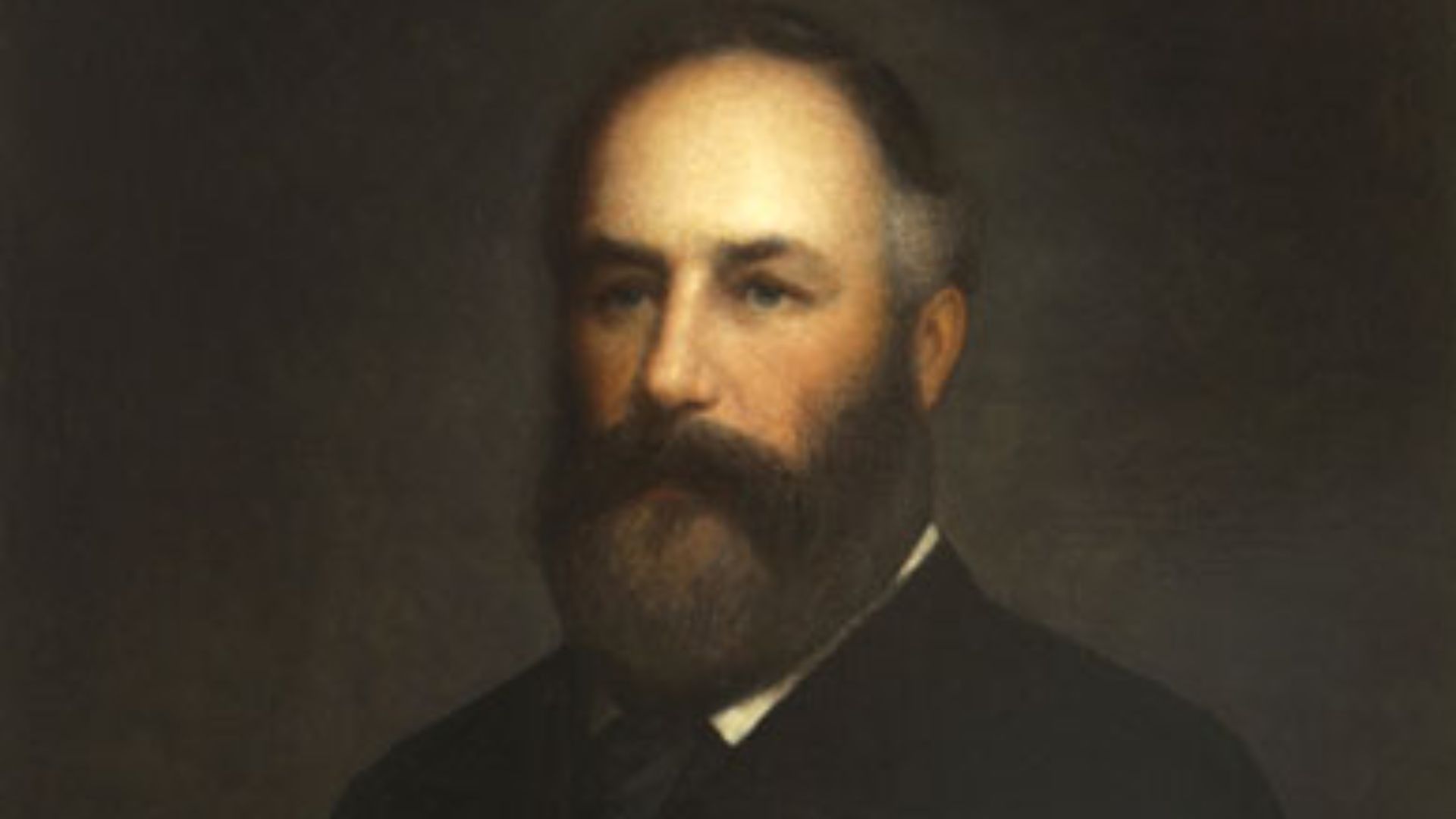 Unknown author, Wikimedia Commons
Unknown author, Wikimedia Commons
Edward A Perry (Cont.)
However, beyond his political career, little is documented about his personal world. He never wrote memoirs, and historians have found few personal letters or writings that reveal his thoughts. Outside of Civil War circles, the details of his private life are rare.
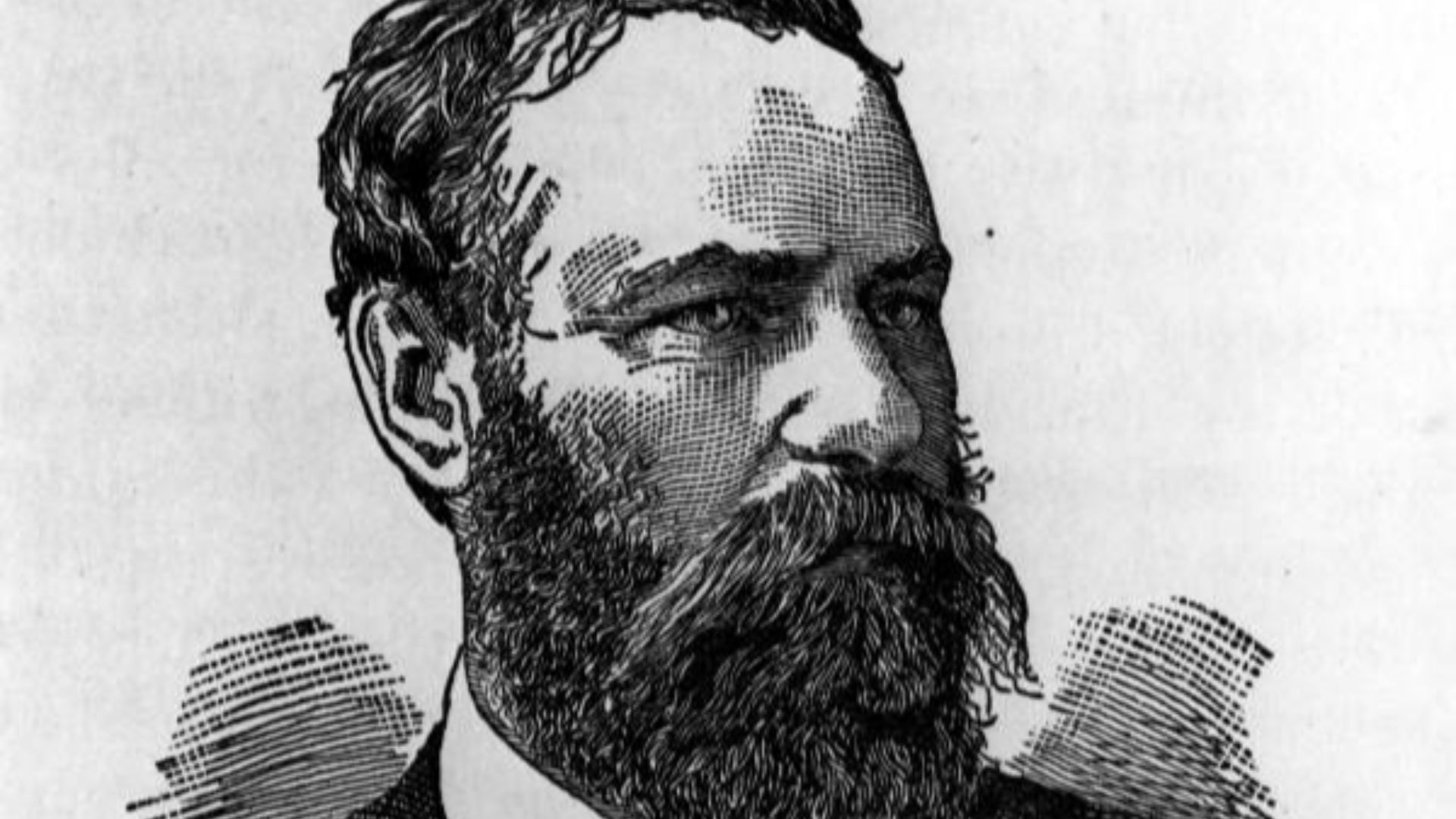 Unknown author, Wikimedia Commons
Unknown author, Wikimedia Commons
Alexander P Stewart
A West Point graduate, Alexander P Stewart was a Confederate general in the Western Theater, often overshadowed by flashier commanders. He fought in major battles like Chickamauga and Franklin and earned a reputation as a reliable but unremarkable leader.
 Pageant of America Collection, Wikimedia Commons
Pageant of America Collection, Wikimedia Commons
Alexander P Stewart (Cont.)
He later chose a quiet life, avoiding the political and literary efforts that many of his fellow officers pursued. He spent years working in education, serving as the Chancellor of the University of Mississippi. Despite his long career, much of his post-war time is undocumented.
 Unknown author, Wikimedia Commons
Unknown author, Wikimedia Commons
Patrick Cleburne
Patrick Cleburne was an Irish immigrant who quickly rose through the ranks in the Army of Tennessee. He controversially proposed arming enslaved people in exchange for their freedom but met his end at the Battle of Franklin. His death cut short what could have been a long post-war career.
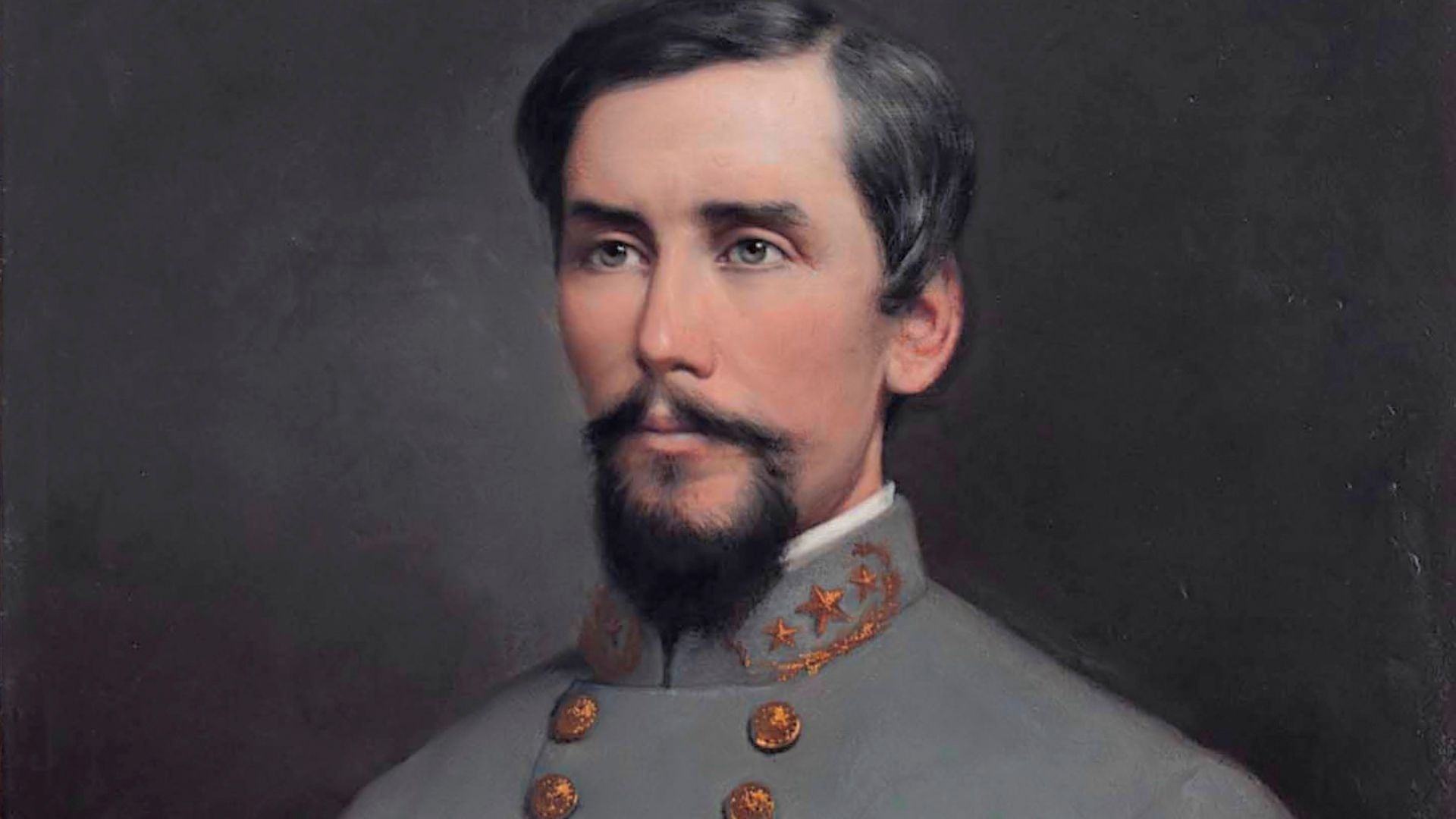 Louis Mathieu Didier Guillaume, Wikimedia Commons
Louis Mathieu Didier Guillaume, Wikimedia Commons
William W Loring
William W Loring had one of the most adventurous post-war careers of any Confederate general. After serving in the US Army, he joined the Confederacy, fighting in the Western Theater and losing an arm in battle. However, he took an unusual path.
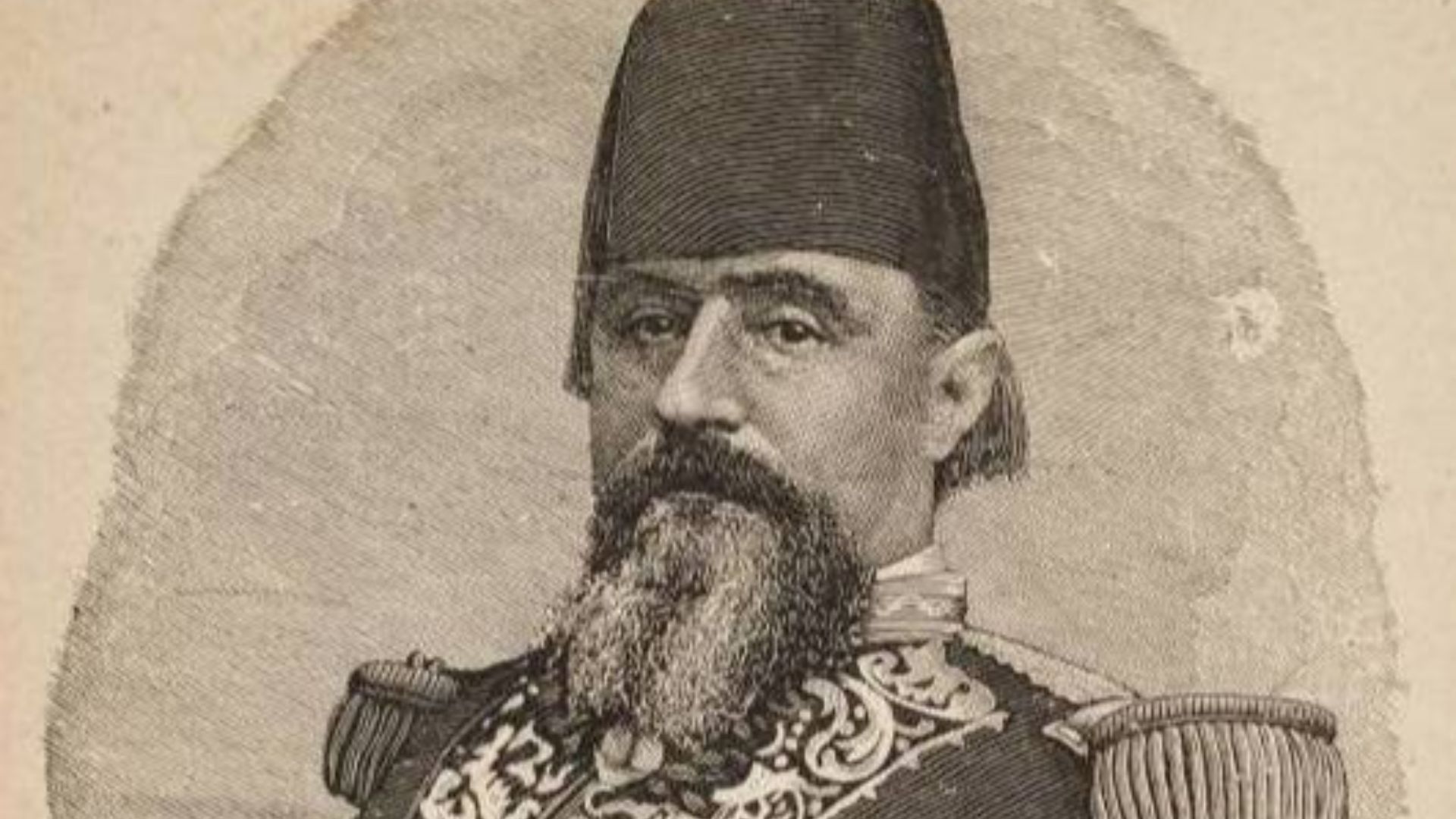 Unknown author, Wikimedia Commons
Unknown author, Wikimedia Commons
William W Loring (Cont.)
When the war ended, he traveled to Egypt and became a general in the army of Khedive Ismail Pasha. He helped modernize the Egyptian military, but his later years are poorly recorded. After leaving Egypt, he reportedly returned to the US, where he stayed until he passed away.
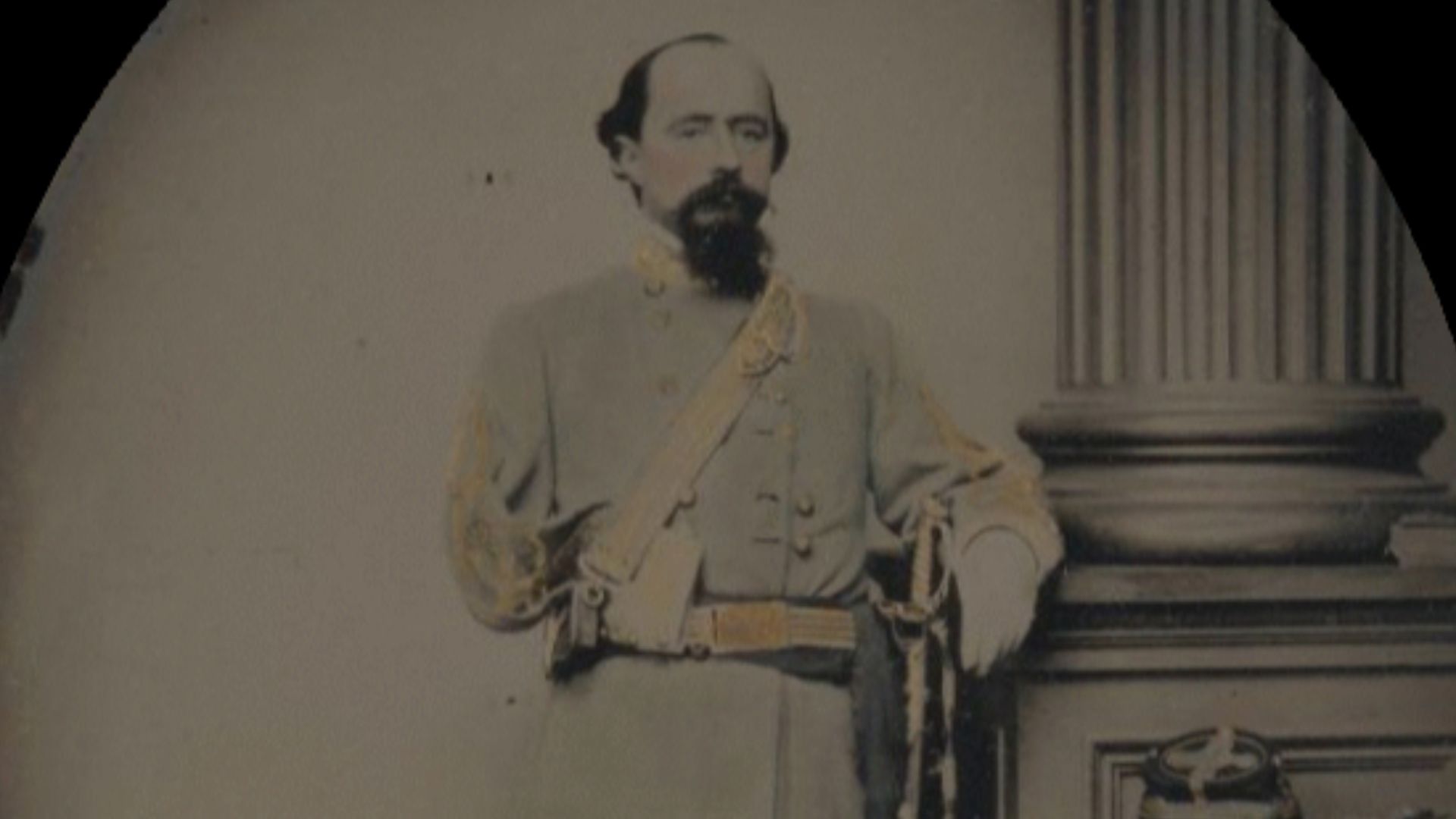 Charles Richard Rees, Wikimedia Commons
Charles Richard Rees, Wikimedia Commons
Ambrose Bierce
Famous as a journalist and veteran of the Civil War, Ambrose Bierce served with distinction in Union ranks and was wounded at Kennesaw Mountain. After the conflict, he became known for his biting wit and dark fiction, especially The Devil's Dictionary and Chickamauga.
Ambrose Bierce (Cont.)
In 1913, he crossed into Mexico during the revolution—then vanished. No trace of him was ever found. Some claimed he was executed by Pancho Villa's men; others believed he sought death in battle. His mysterious disappearance has puzzled historians and inspired writers for over a century.
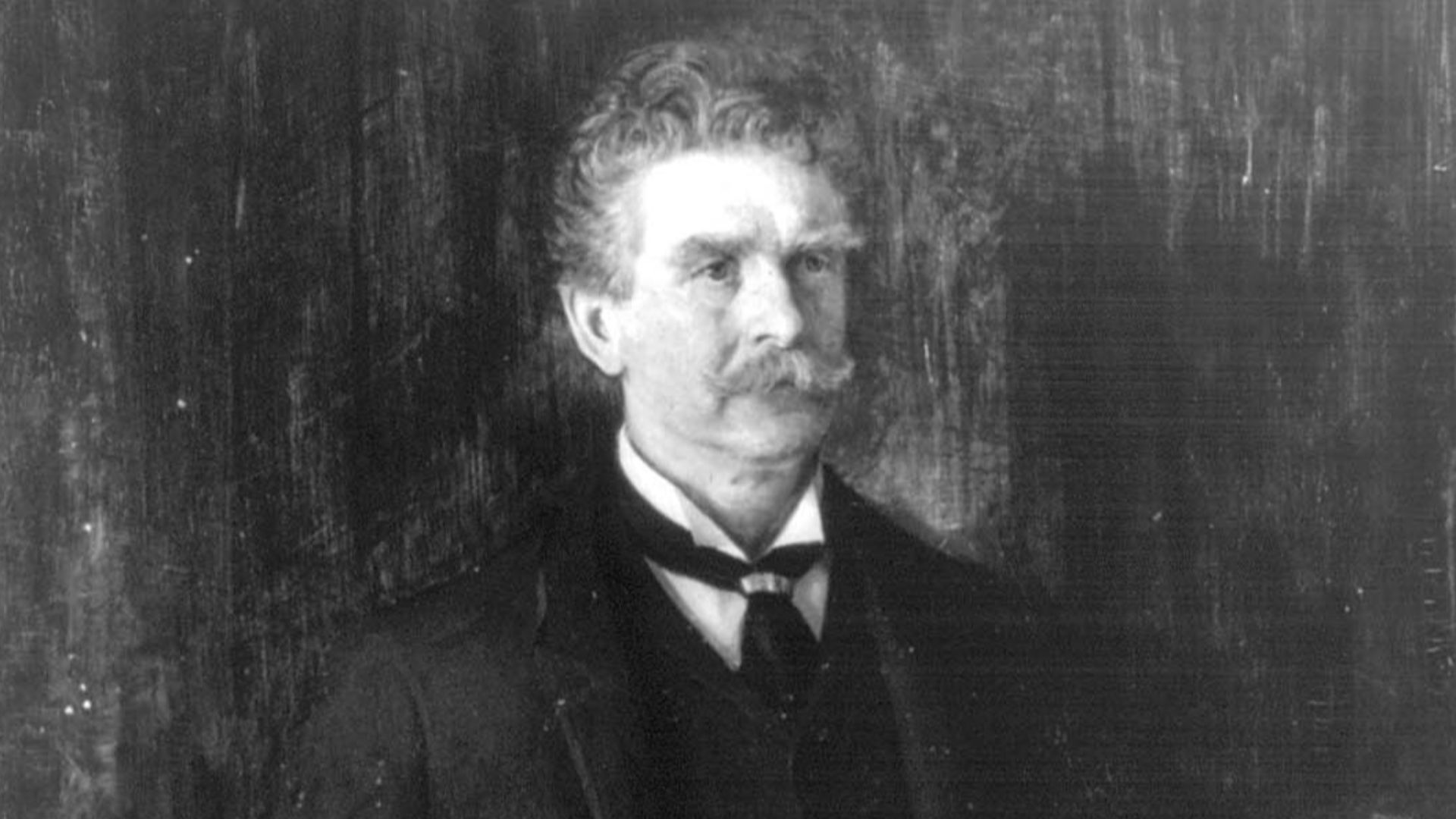 Creator:John Herbert Evelyn Partington, Wikimedia Commons
Creator:John Herbert Evelyn Partington, Wikimedia Commons
Charles Pomeroy Stone
A career officer with engineering brilliance, Charles Pomeroy Stone's military career took a dramatic fall after the disastrous Battle of Ball's Bluff in 1861. Blamed—perhaps unfairly—by politicians, he was arrested without formal charges and held for months, a scapegoat in a nervous Union capital.
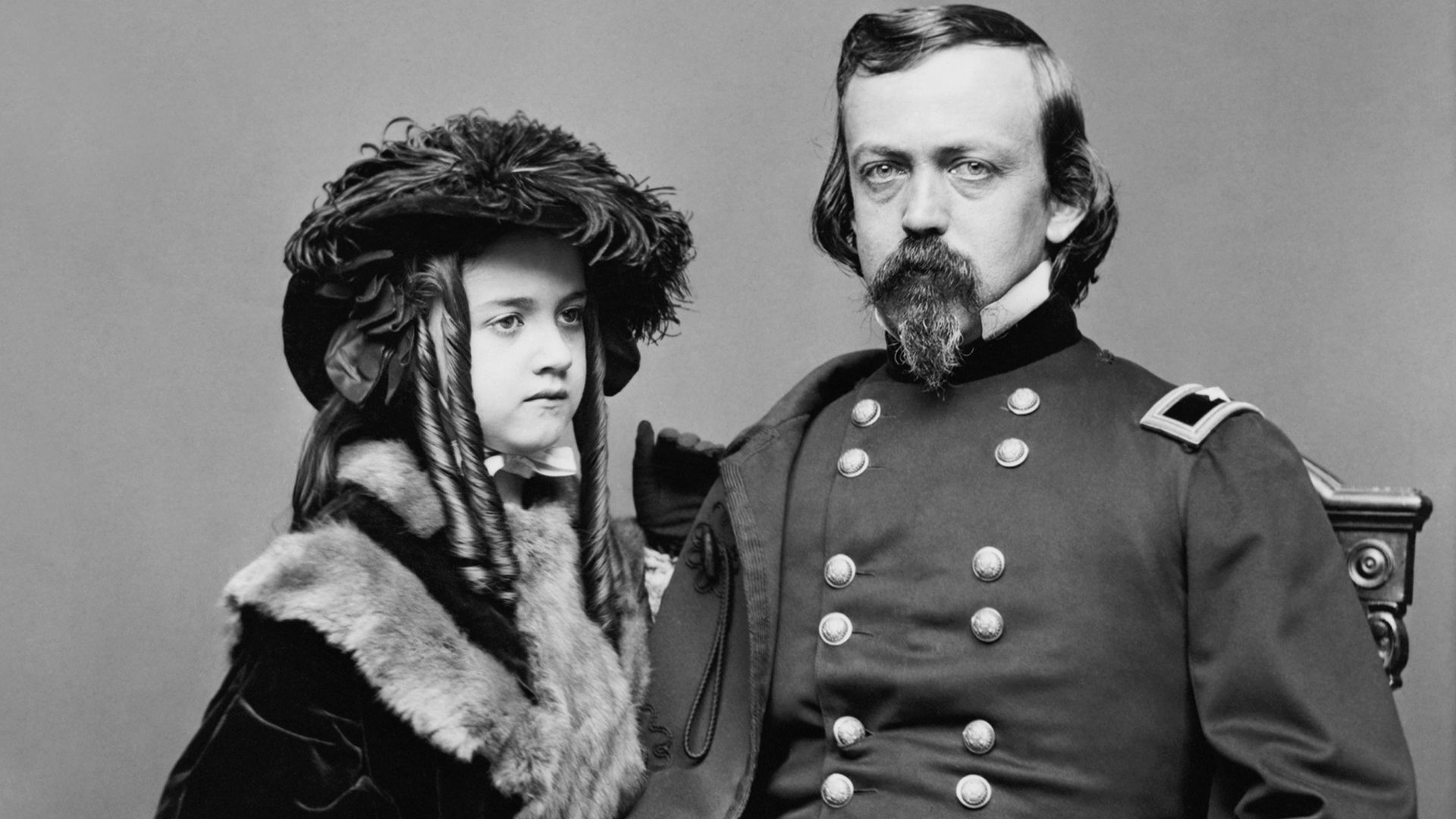 Unknown photographer, restored by Michel Vuijlsteke, Wikimedia Commons
Unknown photographer, restored by Michel Vuijlsteke, Wikimedia Commons
Charles Pomeroy Stone (Cont.)
Though later cleared and quietly reassigned, Stone's reputation never recovered. After the war, he left the country and helped modernize Egypt's military alongside William W Loring. Despite his intellect and contributions, Stone vanished from American memory, and his fall was more political than martial.
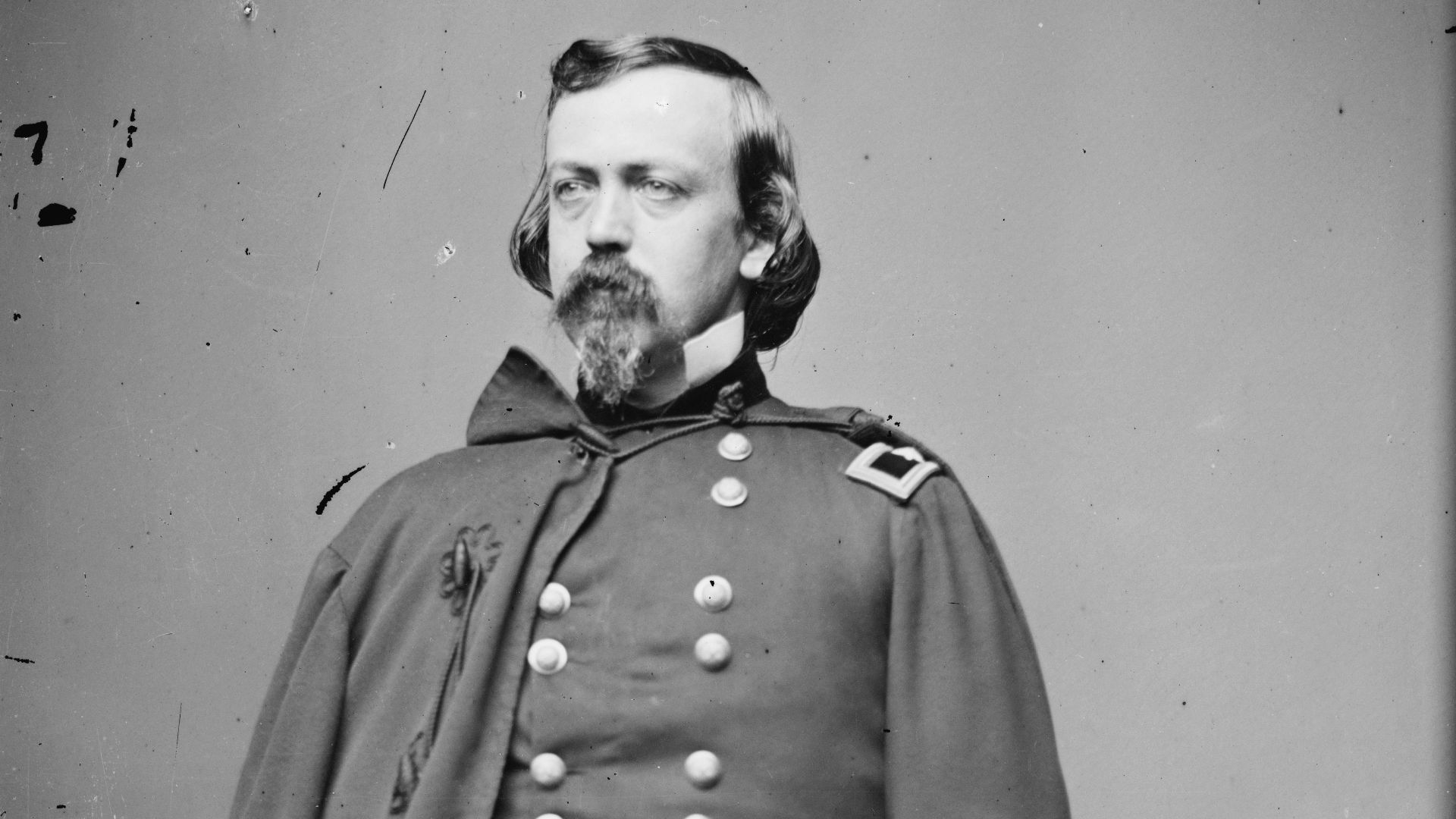 Civil War Glass Negatives, Wikimedia Commons
Civil War Glass Negatives, Wikimedia Commons
Sam Davis
Famously known as the "Boy Hero of the Confederacy," Sam Davis was a young courier and spy captured by Union troops in 1863. Refusing to betray his sources, Davis was hanged at age 21. His bravery made him a Southern martyr, and his image was immortalized in memorials.
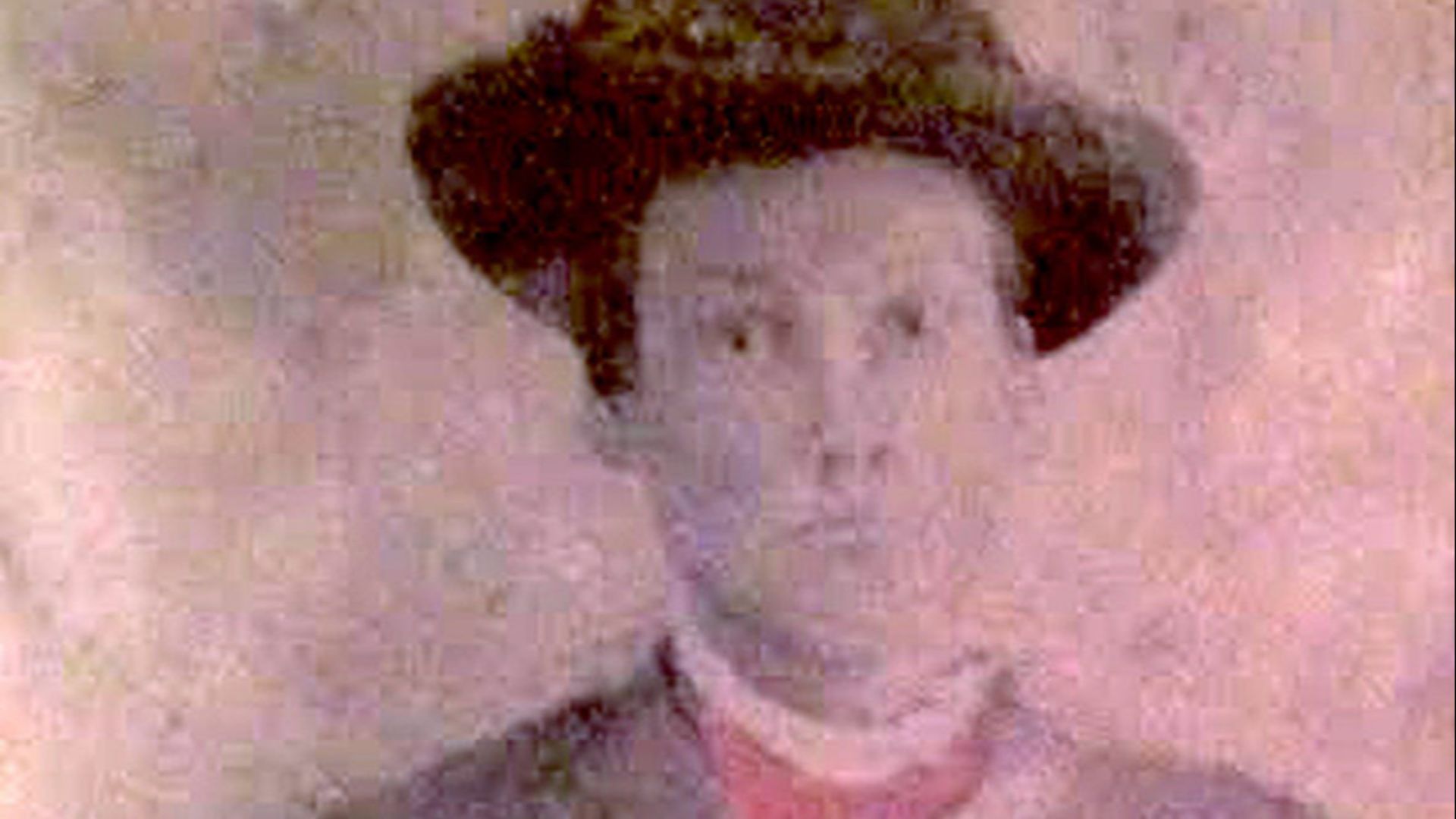 Unknown author, Wikimedia Commons
Unknown author, Wikimedia Commons
Sam Davis (Cont.)
Despite his fame in Confederate memory, Davis never became a national icon. Over time, his story slipped from textbooks and mainstream memory, surviving mostly in Tennessee lore and Civil War reenactment circles. His sacrifice, once lionized, is now remembered only by the few who still tell it.
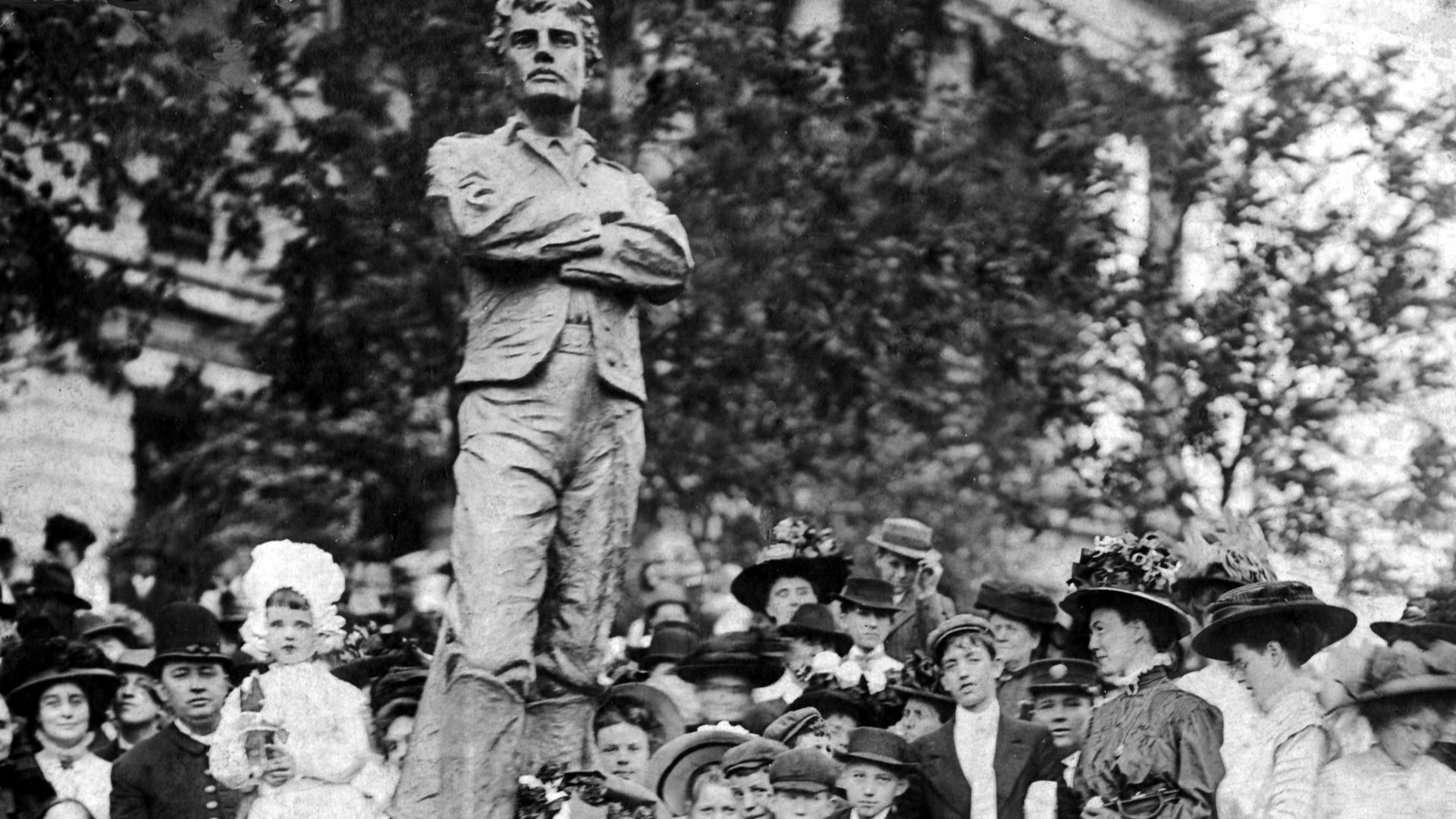 Unknown author, Wikimedia Commons
Unknown author, Wikimedia Commons
Samuel Cooper
Although Samuel Cooper was the highest-ranking general in the Confederate Army, he is one of the least remembered. Unlike flashier commanders, he spent most of the conflict handling administrative duties rather than leading troops in battle.
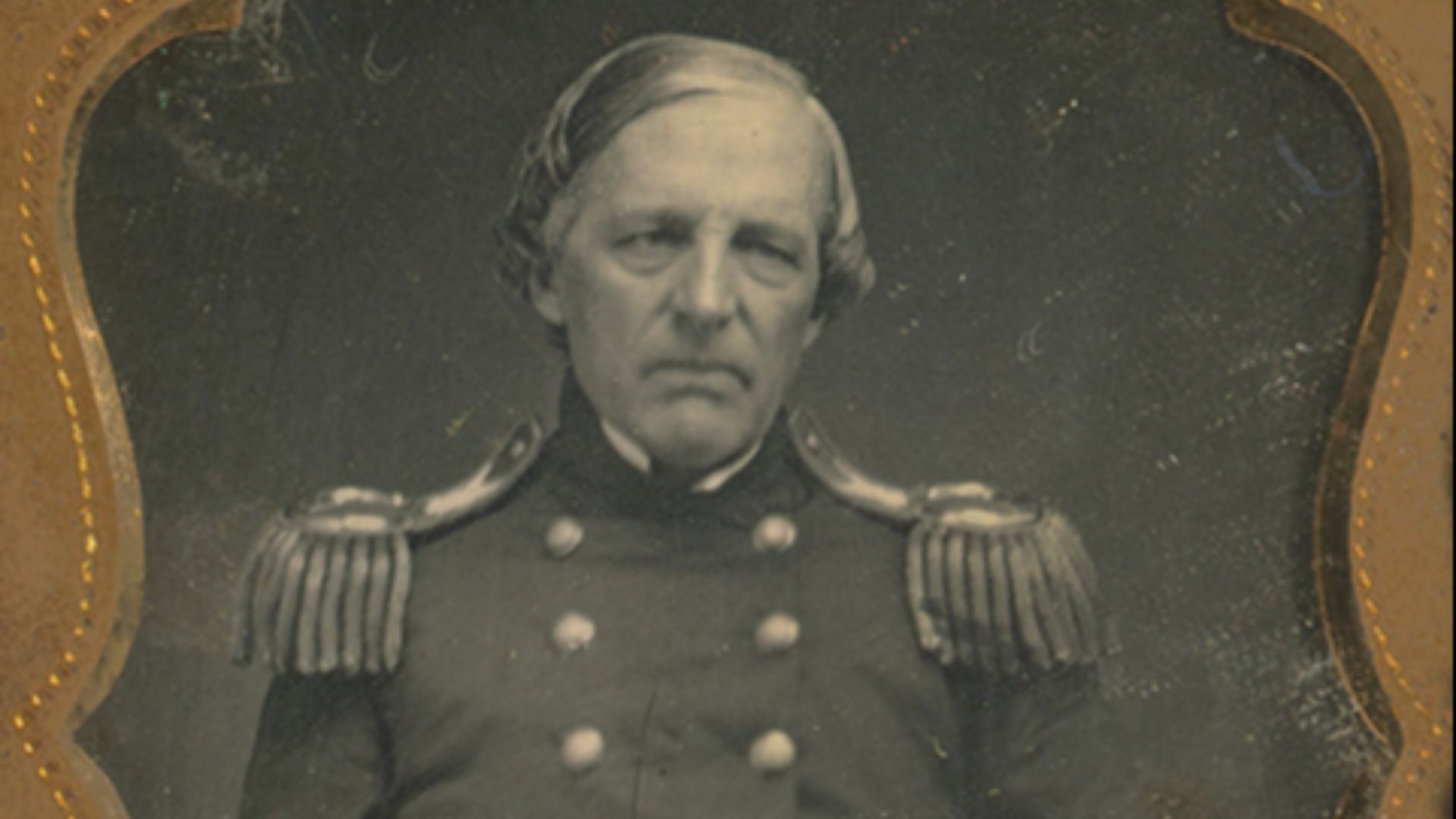 Joseph White, active 1854 - 1860, Wikimedia Commons
Joseph White, active 1854 - 1860, Wikimedia Commons
Samuel Cooper (Cont.)
Before the war, he had a long career in the US Army, even working closely with President Jefferson Davis. When the Confederacy collapsed, Cooper quietly retired to a farm in Virginia. Unlike some of his peers who defended the Confederate cause, he disappeared from public life.
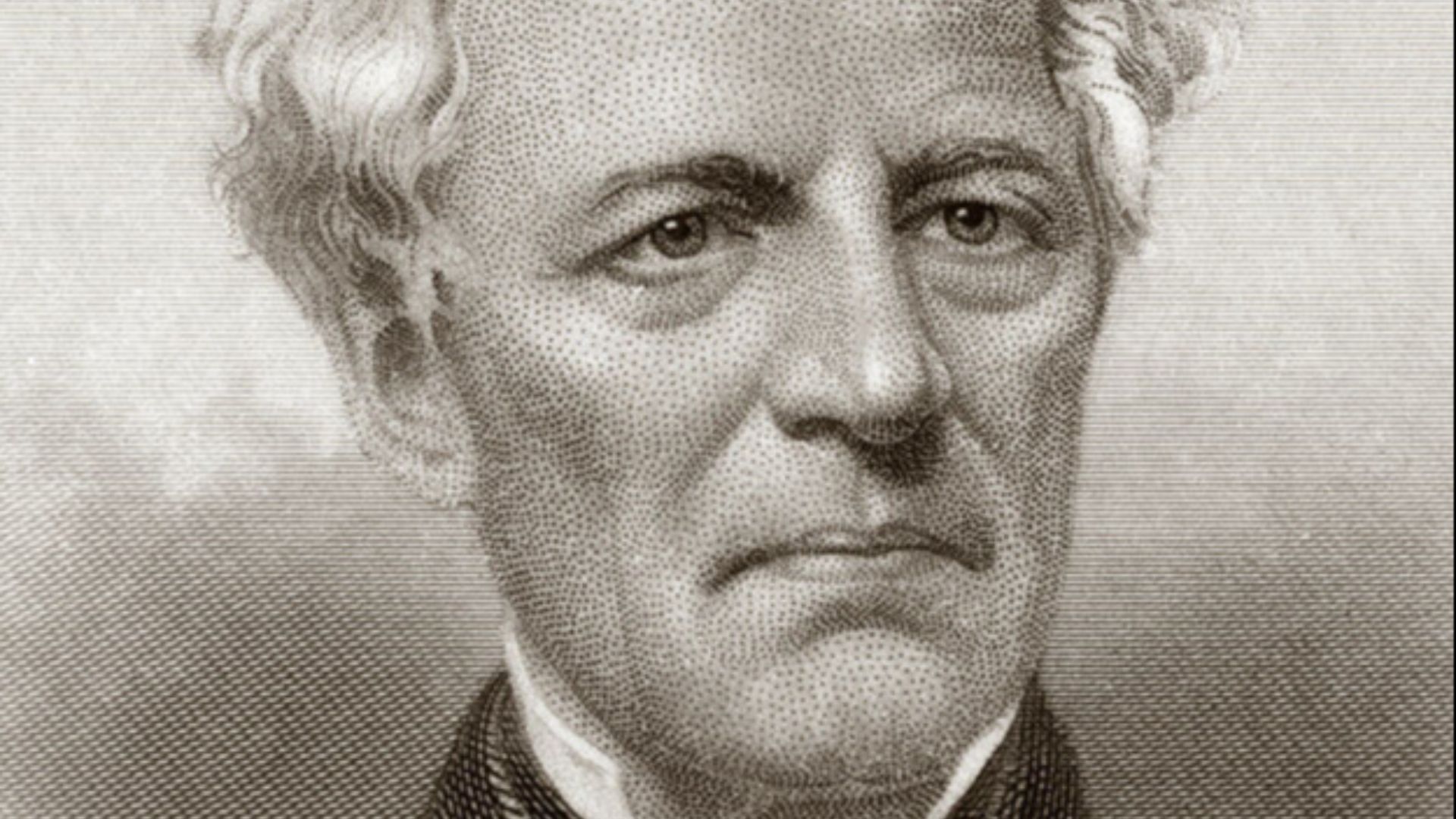 John A. O'Neill, Wikimedia Commons
John A. O'Neill, Wikimedia Commons
Henry Heth
Henry Heth was the Confederate general who kicked off the Battle of Gettysburg by sending troops into what he thought was a minor skirmish—only to stumble into the full force of the Union Army. Nevertheless, after Appomattox, he held minor jobs, but never sought the spotlight.
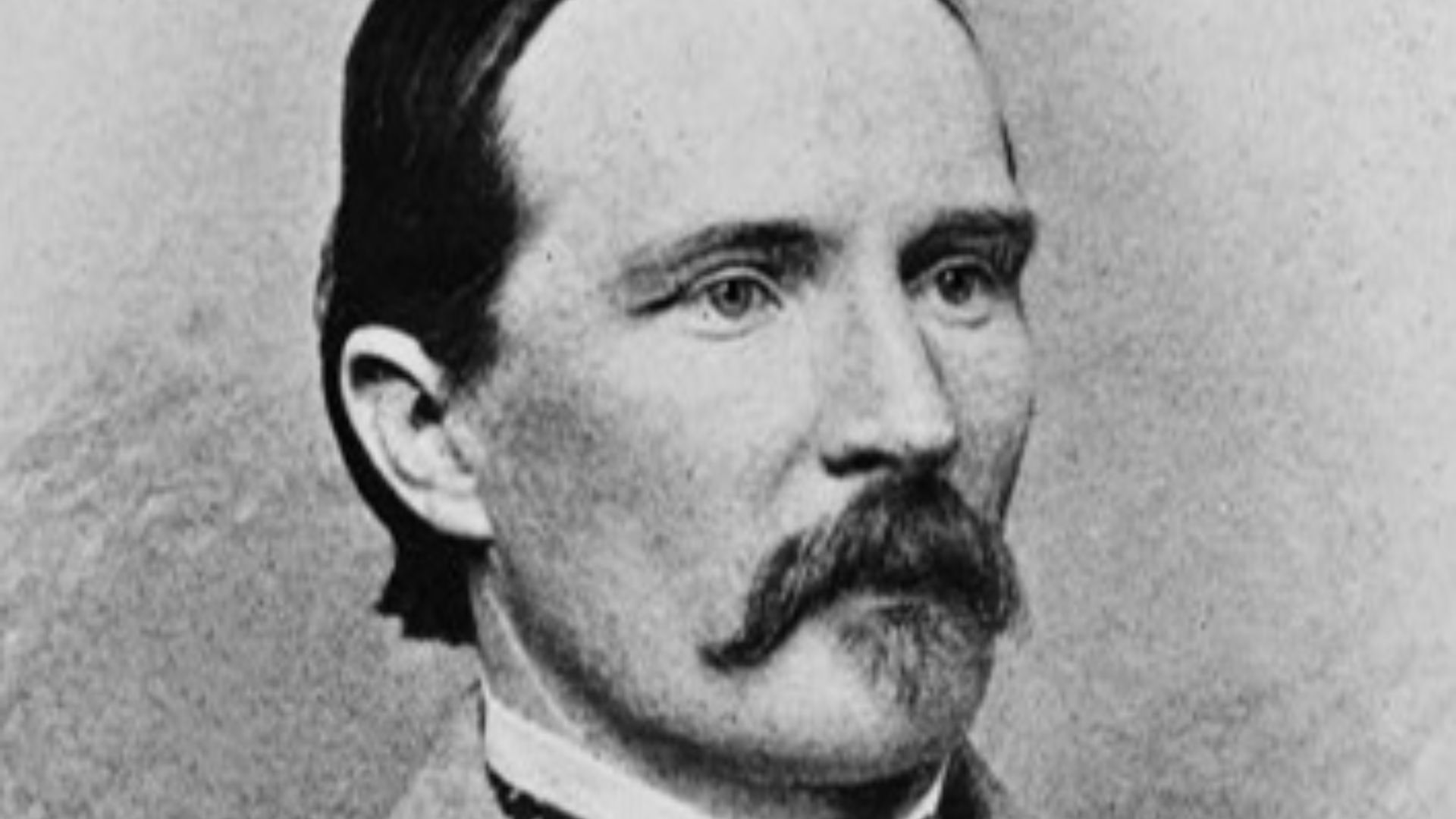 Unknown author, Wikimedia Commons
Unknown author, Wikimedia Commons
Belle Boyd
The "Cleopatra of the Secession," Belle Boyd gained notoriety as a Confederate spy. Daring and charismatic, she used charm and boldness to gather intelligence for Southern forces, even serving time in Union prisons before escaping to Europe.
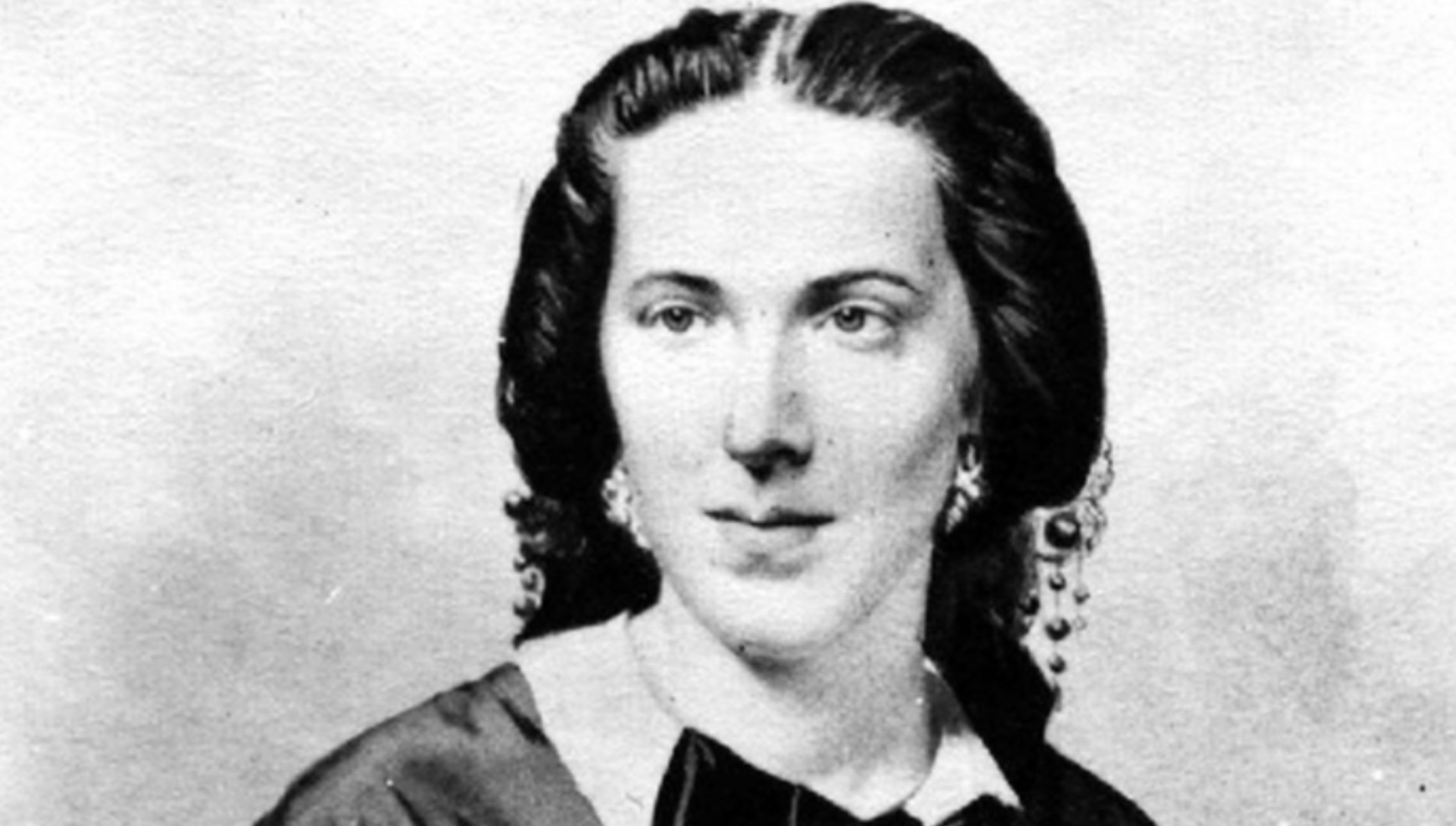 Unknown author, Wikimedia Commons
Unknown author, Wikimedia Commons
Belle Boyd (Cont.)
Though she published memoirs and toured as a celebrity speaker after the war, Boyd's fame dimmed quickly. She drifted into oblivion, dying at 56 while working as an actress. Her name, once scandalous and celebrated, survives now mostly in obscure biographies and old newspaper clippings.
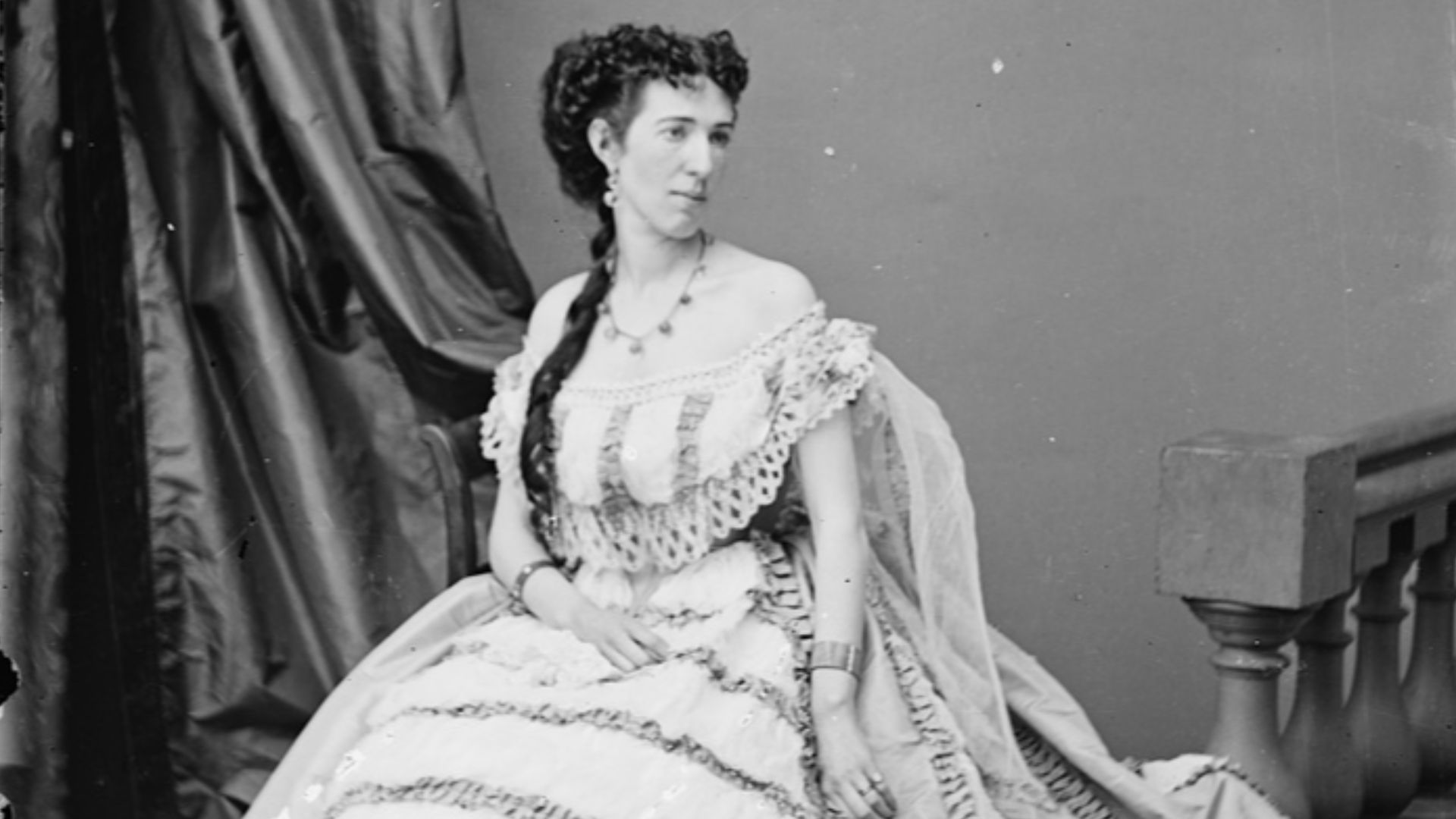 Brady-Handy Photograph Collection (Library of Congress), Wikimedia Commons
Brady-Handy Photograph Collection (Library of Congress), Wikimedia Commons
Lewis Powell
Young and disturbingly devoted, Lewis Powell or Lewis Paine served in Mosby's Rangers and Confederate Secret Service before joining the Lincoln assassination conspiracy. His target: Secretary of State William Seward. The brutal attack failed, but Powell's silence during the trial remains chilling.
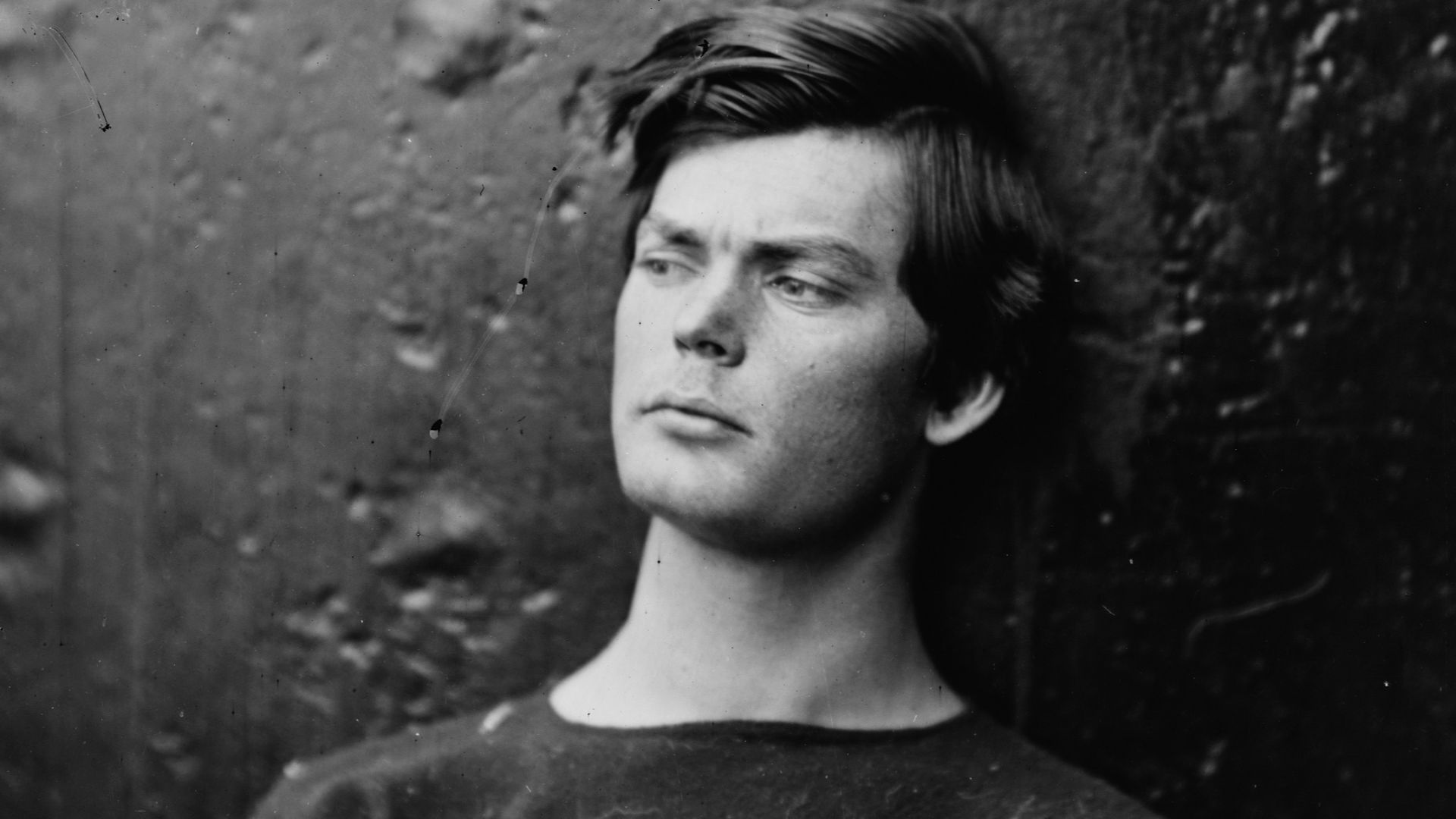 Alexander Gardner, Wikimedia Commons
Alexander Gardner, Wikimedia Commons
Lewis Powell (Cont.)
He gave no final words before execution—just a glance and a nod. His early life is shadowy, and his motives are speculative. Hollywood tackled him only briefly—his role is explored in The Conspirator (2010), where he remains an eerie presence rather than a fully explained character.
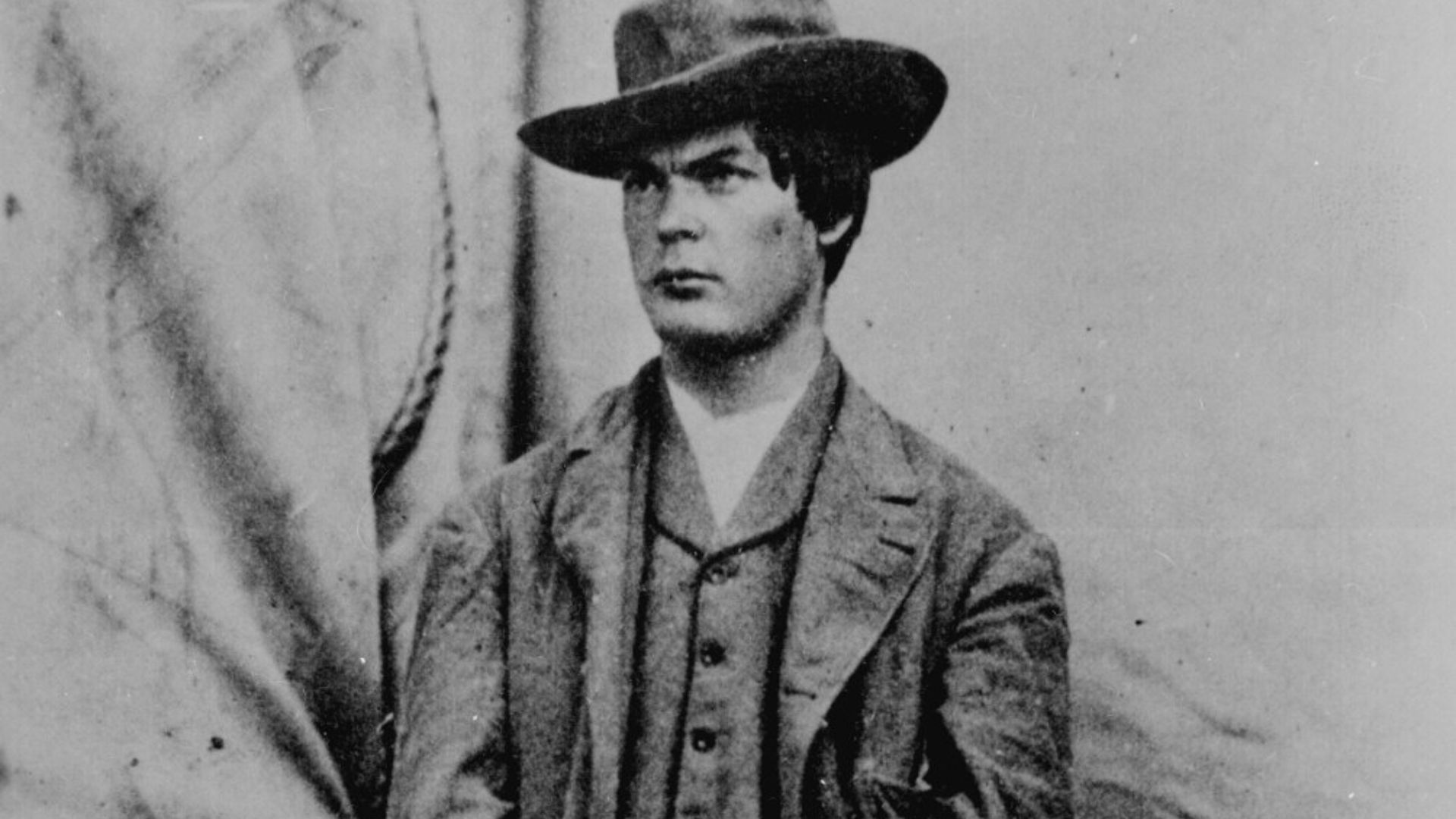 Unknown author, Wikimedia Commons
Unknown author, Wikimedia Commons
Cadmus M Wilcox
Born in 1824, Cadmus M Wilcox was a Confederate general who fought in many major battles. A West Point graduate and career soldier, he was known for his reliability rather than bold tactics. When the war ended, Wilcox worked in Washington, DC but kept a low profile.


